Linen vs. Cotton: An In-depth Comparison for Better Understanding

When comparing cotton and linen, it's important to highlight the unique qualities of each. Cotton, sourced from the cotton plant, is renowned for its softness, comfort, and durability. On the other hand, linen, derived from the flax plant, is celebrated for its strength, breathability, and luxurious feel, although it tends to be more expensive due to its labor-intensive production and limited cultivation areas. Each fabric has distinct benefits: cotton offers a smooth, polished look, while linen features a crisp texture that softens beautifully over time.
In our exploration of cotton versus linen, we'll delve into the origins of premium options like pima cotton and Egyptian cotton, and how they stack up against linen. We'll examine the differences in texture and breathability between cotton blends and linen blends. Additionally, we'll consider the environmental impact of growing cotton and flax plants. This comparison aims to not only inform but also help you choose the best fabric for your needs, whether you're looking for breathable clothing or year-round comfortable bedding.
Origins and Fabric Construction
Linen and cotton, two of the most cherished fabrics, have distinct origins and production methods that define their unique characteristics. Understanding these processes can help you make informed choices for your wardrobe and home.
Linen: From Flax to Fabric
- Harvesting: Linen is derived from the flax plant, which is known for its versatility and durability. The journey begins with the harvesting of flax.
- Retting: After harvesting, the plants undergo retting, where moisture and bacteria break down the plant's pectin, separating the fibers from the stalk.
- Scutching and Hackling: The fibers are then scutched to remove woody pieces and hackled to separate and align the long fibers, preparing them for spinning into yarn.
Cotton: A Journey from Plant to Textile
- Ginning: Cotton starts its journey as fluffy fibers from the cotton plant. These fibers are first processed through ginning, where seeds and other impurities are removed.
- Spinning: The clean fibers are spun into thread or yarn, a crucial step that determines the strength and quality of the cotton.
- Weaving: Finally, the spun cotton is woven into fabric, making it suitable for a wide range of uses from clothing to bedding.
Environmental Considerations
- Water Usage: Linen requires significantly less water than cotton, making it a more sustainable choice.
- Pesticide Use: Flax cultivation for linen typically needs fewer pesticides compared to cotton, enhancing its environmental appeal.
By choosing between linen and cotton, you're not just selecting a fabric; you're engaging with centuries-old traditions and considering modern environmental impacts. Each fabric's journey from plant to textile influences its texture, usability, and footprint on our planet.

Fabrics Types and Some Important Variations
Linen Varieties and their Unique Characteristics
Linen fabric, celebrated for its durability and elegance, comes in various types, each suited to different uses:
- Damask Linen: Features intricate patterns, making it perfect for table linens and decorative purposes.
- Closely-Woven Linen: Known for its density and durability, ideal for upholstery.
- Loose Weave Linen: Offers breathability, making it great for lightweight, airy garments.
- Plain Weave Linen: Versatile and widely used in household textiles.
Each type of linen not only serves a specific function but also adds a touch of rustic charm to your items.
Blends of Linen for Enhanced Properties
Exploring linen blends opens up a world of possibilities:
- Linen and Cotton: Combines the softness of cotton with the strength of linen, perfect for everyday wear.
- Linen and Polyester: Ensures easier care and wrinkle resistance, suitable for busy lifestyles.
- Linen and Silk: Offers a luxurious feel, ideal for high-end garments.
- Linen and Wool: Provides warmth without sacrificing breathability, perfect for cooler climates.
Each blend is designed to optimize the fabric's usability and appeal, catering to diverse needs and preferences.
Geographic Influence on Linen Quality
The origin of linen significantly affects its quality and price:
- European Linen: Especially from France, Belgium, and Holland, is celebrated for its superior quality due to optimal growing conditions and centuries-old expertise in linen production, contributing to its fine texture and durability.
- Chinese Linen: Often comes at a lower cost due to more economical production methods.
When choosing linen, consider its origin as it can greatly influence both the performance and the environmental footprint of the fabric.
 Important Cotton Varieties and their Unique Characteristics
Important Cotton Varieties and their Unique Characteristics
- Pima Cotton: Known for its long fiber length (about 1.5 inches), which enhances its durability and smoothness. It's highly resistant to pilling, ultra-soft, and produces a high sheen, making it ideal for luxury products.
- Egyptian Cotton: Often considered the finest cotton in the world, with extra-long fibers that make it extremely absorbent and strong. The fabric is very soft, durable, and gets softer with each wash, enhancing comfort and luxury.
- Organic Cotton: Grown without synthetic agricultural chemicals, sustaining the health of soils, ecosystems, and people. It's environmentally friendly, reduces pesticide use, is often softer than conventionally grown cotton, and is hypoallergenic, making it suitable for sensitive skin.
- Kala Cotton: Originates from the Kutch region of Gujarat, India, and is known for its sustainable and organic cultivation methods. It is rain-fed, grown without synthetic fertilizers or pesticides, and has short staple fibers that offer a distinct rugged texture. The fabric is valued for its durability and its ability to retain natural dyes well.
- Suvin Cotton: From Tamil Nadu, India, is known for its ultra-fine and extra-long staple fibers. It has a silky texture and high luster, ideal for producing luxurious fabrics and high-end garments. Suvin is one of the most expensive and sought-after cottons in the Indian market.
Texture, Feel, and Comfort
Linen: The Journey to Softness
Linen starts off with a distinct, crisp texture but don't let that initial feel fool you. Renowned for its durability, linen fibers uniquely soften with each wash and use, enhancing its comfort without losing resilience. This natural fiber is not only strong but also highly absorbent and breathable, making it an excellent choice for both summer heat and cooler climates. Its hypoallergenic properties make linen particularly appealing if you're sensitive to allergens or have delicate skin.
Cotton: Consistent Comfort
Cotton's popularity stems from its soft, gentle touch on the skin, which remains consistent over time. It excels in breathability and moisture absorption, making it a staple for everyday wear and household textiles like towels and bed linens. While cotton may not have the same moisture-wicking abilities as linen, its ease of care and ability to maintain a wrinkle-free appearance with minimal effort makes it a go-to fabric for those who value convenience and reliability in their fabric choices.
Comparing Feel and Utility
When deciding between linen and cotton, consider your lifestyle and comfort needs. Linen, with its superior breathability and moisture-wicking properties, is ideal for towels and bedding, ensuring a cooler sleep environment. In contrast, cotton offers a softer, more caressing feel right from the start, suitable for clothing and linens that directly contact the skin frequently. Both fabrics are durable, but linen's ability to improve in texture and comfort over time might just sway your preference if longevity and evolving softness are priorities.

Cost and Accessibility
When considering the cost and accessibility of linen versus cotton, several factors influence their market prices and availability:
Economic and Environmental Factors
- Raw Material Costs: Linen, derived from the flax plant, is naturally more resistant to pests and requires fewer herbicides than cotton. This could imply lower cultivation costs. However, the labor-intensive process of producing linen, from harvesting to fiber separation, significantly increases its overall cost.
- Production and Labor: Linen production is more labor-intensive than cotton. Manual processes like retting, scutching, and hackling are necessary to produce high-quality linen fibers, contributing to its higher price.
- Accessibility and Practicality: Cotton is more widely grown and has a more streamlined production process, making it more accessible and practical for everyday textile needs. This widespread cultivation and simpler processing make cotton a more budget-friendly option.
Price Comparison
- Average Cost: Linen typically ranges between $5 and $12 per yard due to its intricate production process, whereas cotton is generally more affordable due to its easier cultivation and processing.
- Market Availability: Cotton's extensive cultivation across various regions makes it readily available and often at lower prices, appealing to a broader consumer base seeking economical fabric options.
These factors play a crucial role in determining why you might choose one fabric over the other based on your budget and specific needs. Whether it's the luxurious feel and sustainability of linen or the practicality and cost-effectiveness of cotton, understanding these aspects helps in making an informed decision.
Durability and Maintenance
When considering the longevity and care of linen and cotton, distinct differences can influence your decision. Linen, known for its strength and durability, is made from the fibers of the flax plant, which are naturally long, strong, and tightly woven. This structure not only makes linen more durable than cotton but also allows it to withstand wear and tear better over time. Cotton, while soft and comfortable, tends to be less robust in comparison.
Maintenance Needs
- Linen Care: Linen requires more attention during washing. It is best cleaned using gentle cycles and mild detergents to preserve its fibers. Air drying is recommended to maintain its quality and durability over time.
- Cotton Care: Cotton is more forgiving and can be machine washed with warmer temperatures. However, to maintain its softness and color vibrancy, washing in cold water is advisable.
Linen's durability extends to its use in household items, often the preferred choice for bed sheets and tablecloths due to its ability to become softer with each wash and its natural antimicrobial properties, which make it resistant to moths. Cotton, while softer initially, might not offer the same longevity but is favored in products like towels and everyday clothes, particularly when organic or recycled.
By understanding these care guidelines and durability traits, you can make more informed choices about which fabric best suits your lifestyle needs, whether you're looking for longevity in home textiles or comfort in clothing.

Sustainability and Environmental Impact
Linen: A Greener Choice
Linen, derived from the flax plant, is celebrated for its minimal environmental footprint. This robust plant grows quickly, requires very few pesticides, and uses significantly less water than cotton, making it a highly sustainable choice. The entire flax plant is used in linen production, ensuring minimal waste. Moreover, linen's production process, particularly the retting phase, has evolved with new methods that further reduce environmental impact by lowering energy use and pollution.
Cotton's Environmental Challenges
Contrastingly, cotton cultivation presents various environmental challenges. It requires extensive water—about 60% more than linen—and often relies on pesticides and genetically modified seeds to meet global production demands, which reach nearly 27 million tons annually. The extensive use of water and chemicals not only strains natural resources but also impacts local ecosystems adversely. However, the growing shift towards organic cotton aims to reduce such environmental burdens through more sustainable practices.
Making Sustainable Choices in Fabric
When selecting fabrics, it's advantageous to consider their ecological impacts. Opting for organic fibers and supporting brands that prioritize sustainable practices can make a significant difference. Labels indicating sustainable clothing options guide consumers towards making environmentally friendly choices. By choosing fabrics like linen, known for its durability, breathability, and low environmental impact, you not only opt for quality and comfort but also contribute positively towards sustainability.
Conclusion
Delving into the world of textiles, the comparison between linen and cotton reveals the distinct yet complementary nature of these fabrics. From their origins and environmental impacts to their tactile characteristics and maintenance needs, both materials hold unique allure. Whether gravitating towards the robustness and sustainability of linen or the comfort and practicality of cotton, the choice ultimately aligns with personal preference and values.
As we reflect on the journey from plant to fabric, the decision between linen and cotton transcends aesthetics, weaving into the fabric of our lifestyle choices and ecological footprint. Consumers are encouraged to make informed decisions, considering not only the immediate appeal of a garment or textile but its long-term impact and utility. Explore our collections that capture the essence of quality, comfort, and sustainability to incorporate these insights into your selection.
FAQs
1. What are the advantages of choosing linen over cotton?
Linen offers excellent temperature regulation and comfort, similar to cotton. However, it has added benefits such as lower perspiration rates for wearers, faster drying times, and a lightweight feel, making it particularly suitable for travel.
2. Is linen considered more ethical than cotton?
Yes, linen is generally considered more ethical compared to cotton. It is derived from the flax plant and requires significantly fewer resources like water, energy, and chemicals. Additionally, flax can thrive in poor-quality soil not suitable for food crops and may even help in restoring polluted soils.
3. Which is more durable, cotton or linen?
Linen is notably more durable than cotton. It is three times stronger and is even used in the production of currency due to its strength. Linen items, such as bedding, not only last longer but also become softer with age, thanks to the natural properties of the flax fibers.
3. How do I care for linen compared to cotton?
Linen requires gentle care to maintain its quality. It is best washed on gentle cycles with mild detergents and air-dried. Cotton is more forgiving and can be machine washed at higher temperatures, but washing in cold water helps preserve its softness and color vibrancy.
3. Are linen and cotton suitable for all seasons?
Yes, both linen and cotton are versatile fabrics suitable for all seasons. Linen is highly breathable and excellent for hot weather, while its insulating properties also make it comfortable in cooler conditions. Cotton's natural softness and absorbency make it ideal for year-round use in clothing and home textiles.
Products on Sale
- Regular Price
- from $46.00
- Sale Price
- from $46.00
- Regular Price
-
$76.00
- Unit Price
- per
- Regular Price
- $199.00
- Sale Price
- $199.00
- Regular Price
-
$278.00
- Unit Price
- per
- Regular Price
- $134.00
- Sale Price
- $134.00
- Regular Price
-
$148.00
- Unit Price
- per
- Regular Price
- $109.00
- Sale Price
- $109.00
- Regular Price
-
$142.00
- Unit Price
- per
- Regular Price
- $159.00
- Sale Price
- $159.00
- Regular Price
-
$196.00
- Unit Price
- per
- Regular Price
- $49.00
- Sale Price
- $49.00
- Regular Price
-
$52.00
- Unit Price
- per
- Regular Price
- $22.00
- Sale Price
- $22.00
- Regular Price
-
$26.00
- Unit Price
- per
- Regular Price
- $30.00
- Sale Price
- $30.00
- Regular Price
-
$37.00
- Unit Price
- per
- Regular Price
- $134.00
- Sale Price
- $134.00
- Regular Price
-
$170.00
- Unit Price
- per
- Regular Price
- $74.00
- Sale Price
- $74.00
- Regular Price
-
$78.00
- Unit Price
- per
- Regular Price
- $46.00
- Sale Price
- $46.00
- Regular Price
-
$56.00
- Unit Price
- per
- Regular Price
- $99.00
- Sale Price
- $99.00
- Regular Price
-
$125.00
- Unit Price
- per
- Regular Price
- $99.00
- Sale Price
- $99.00
- Regular Price
-
$92.00
- Unit Price
- per
- Regular Price
- $56.00
- Sale Price
- $56.00
- Regular Price
-
$52.00
- Unit Price
- per
- Regular Price
- $56.00
- Sale Price
- $56.00
- Regular Price
-
$52.00
- Unit Price
- per
- Regular Price
- $56.00
- Sale Price
- $56.00
- Regular Price
-
$52.00
- Unit Price
- per
- Regular Price
- $128.00
- Sale Price
- $128.00
- Regular Price
-
$145.00
- Unit Price
- per
- Regular Price
- $69.00
- Sale Price
- $69.00
- Regular Price
-
$95.00
- Unit Price
- per
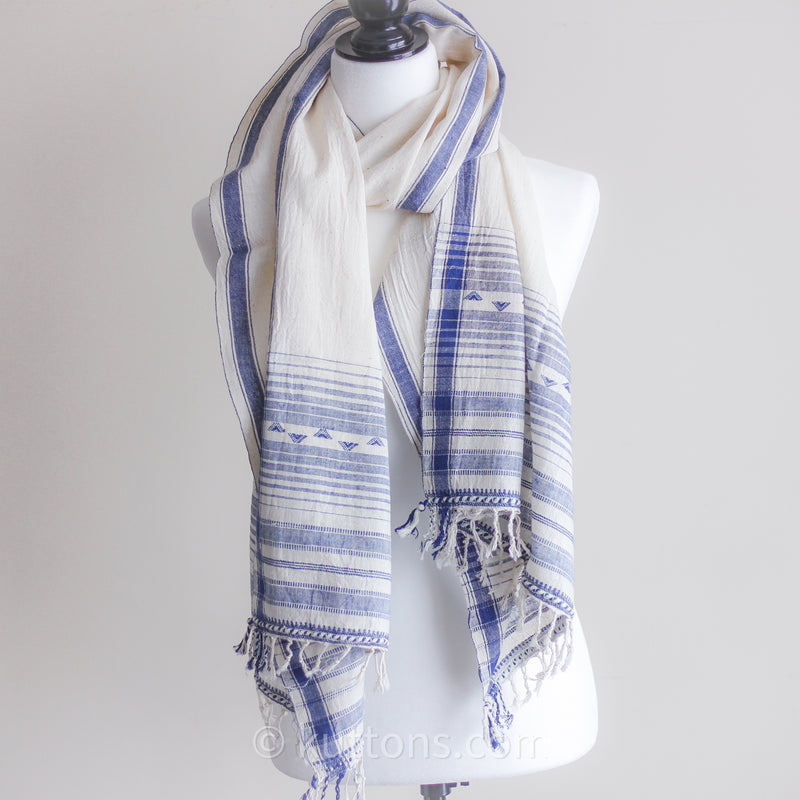
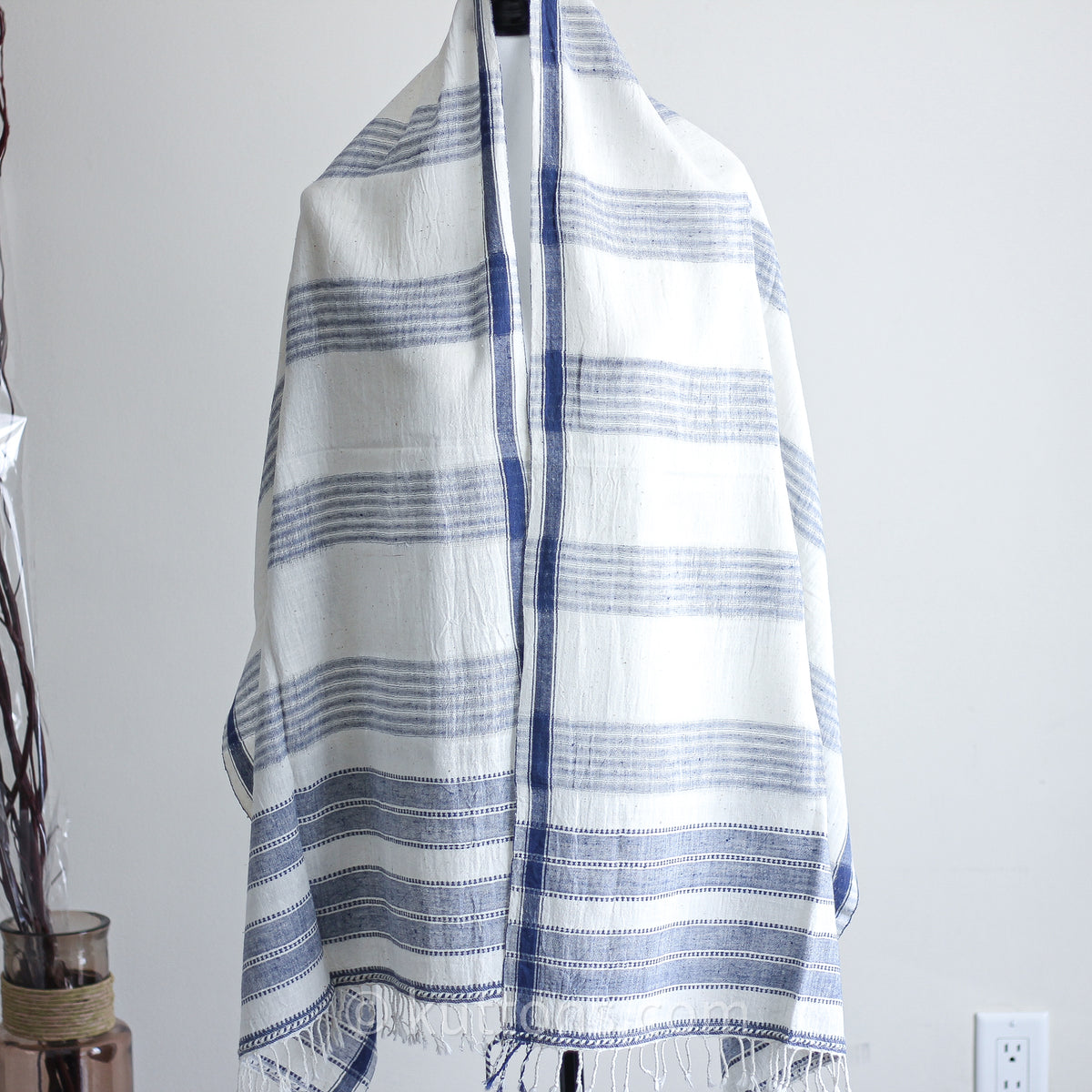
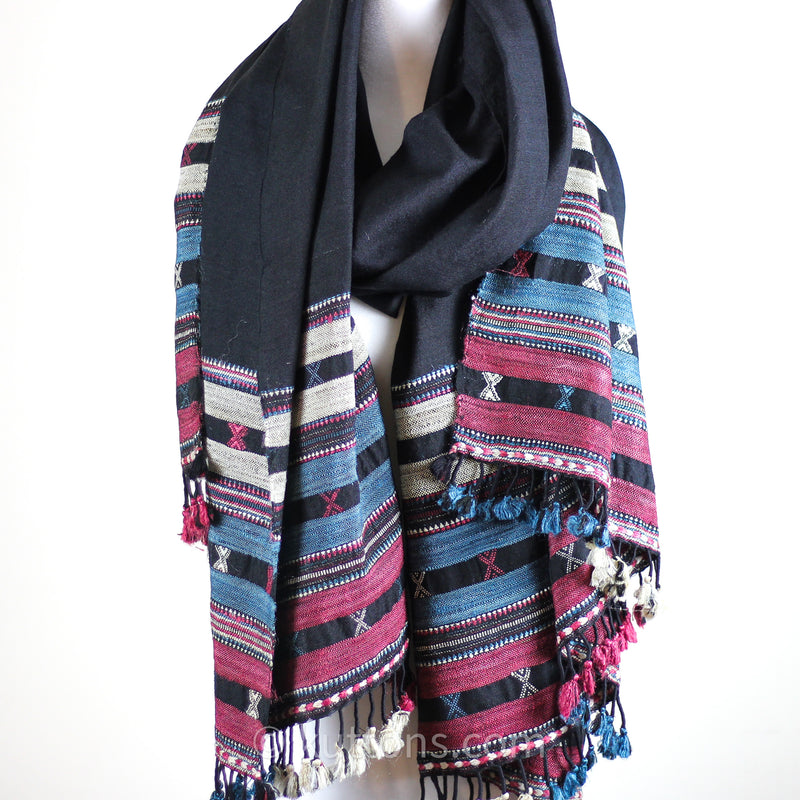
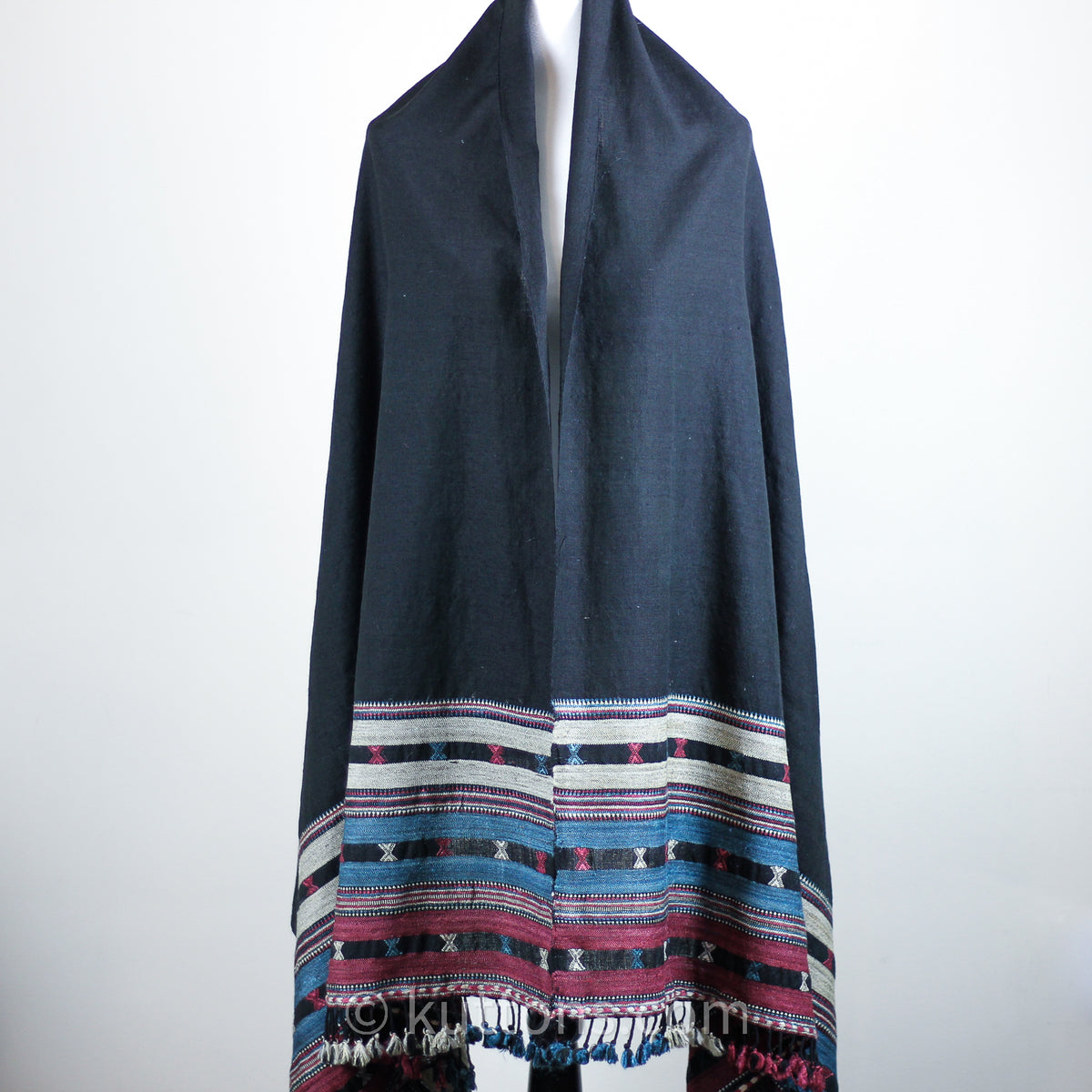
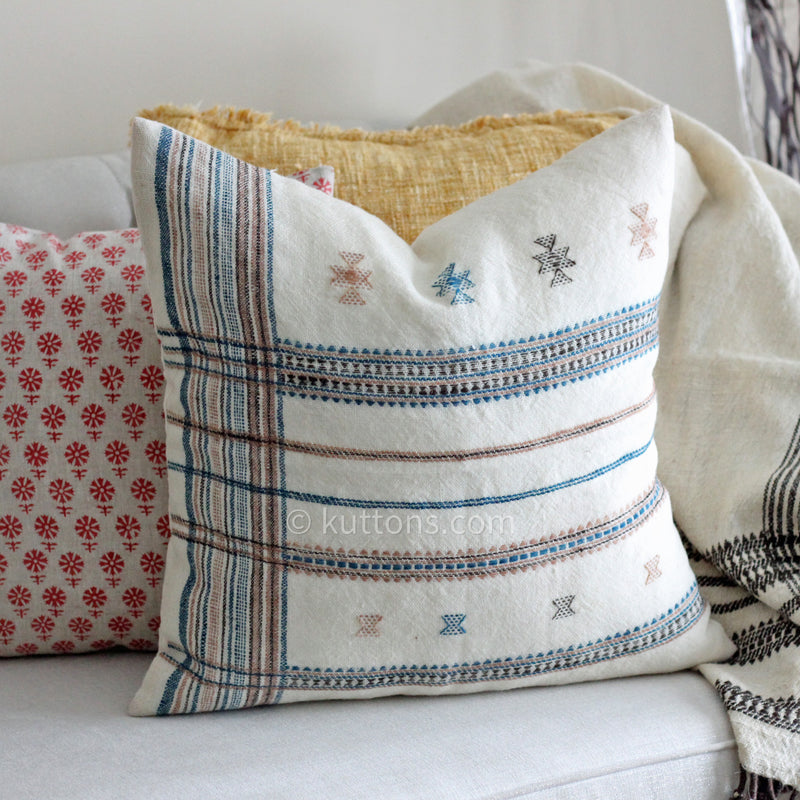
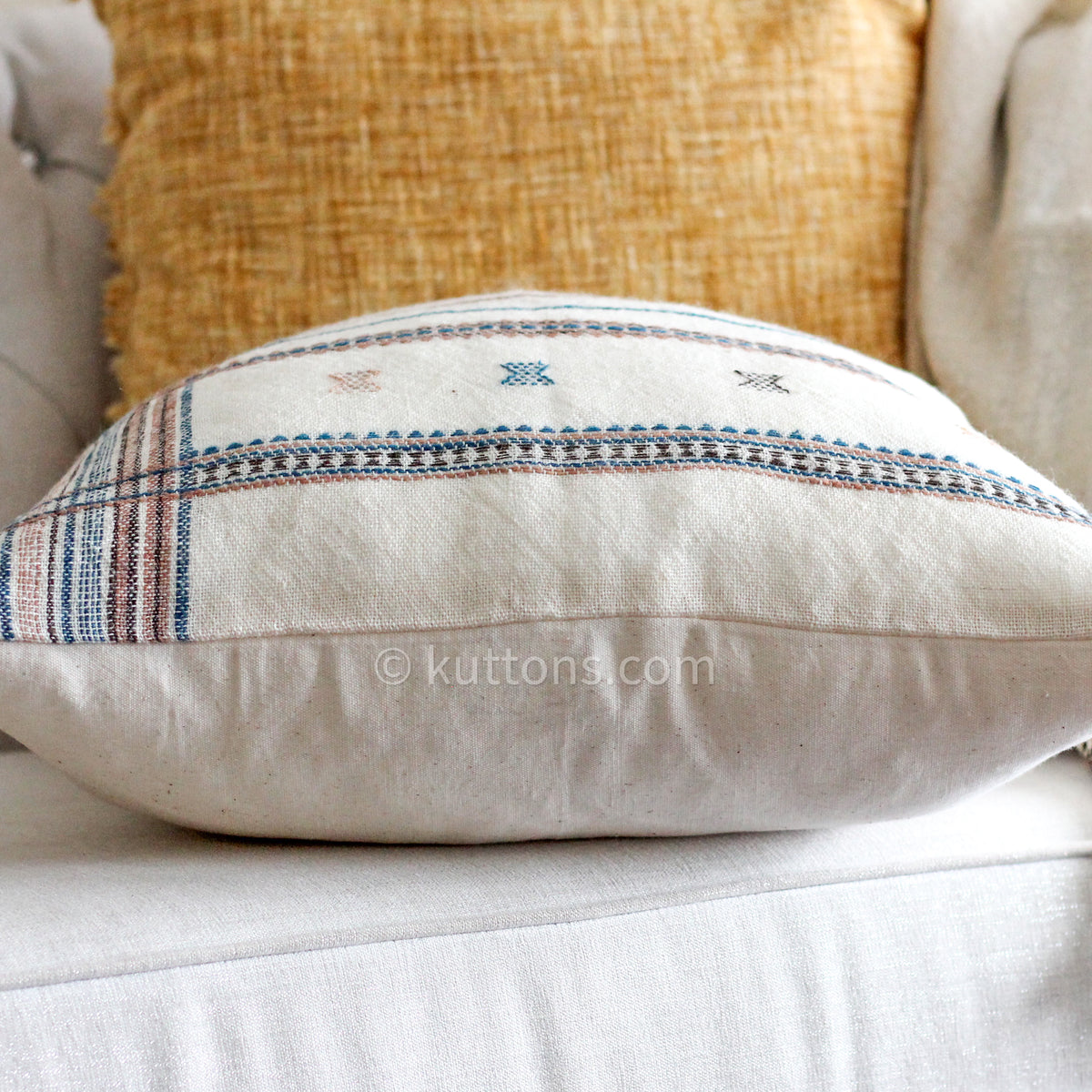
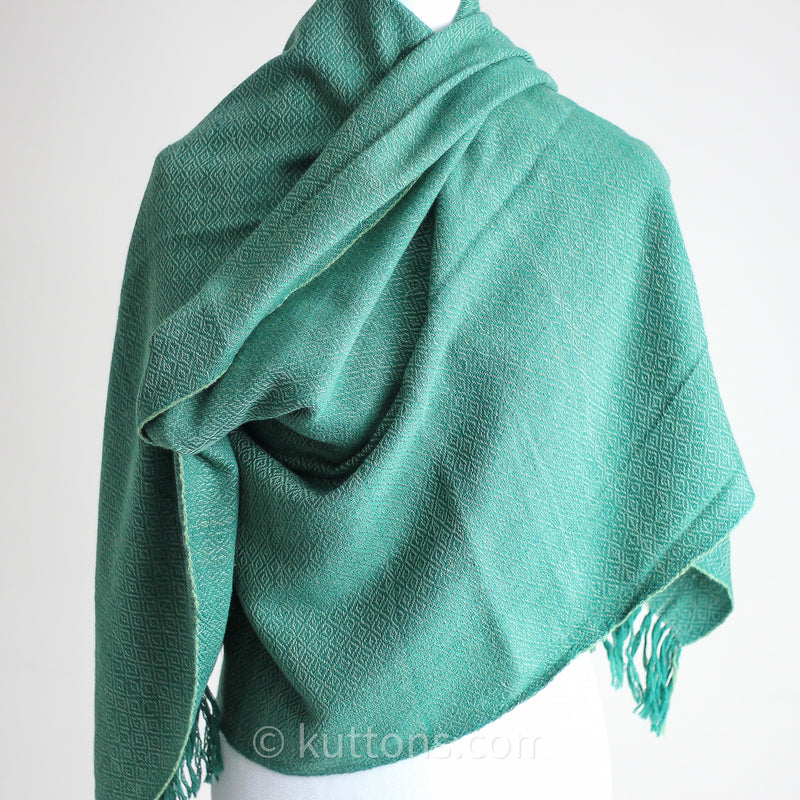
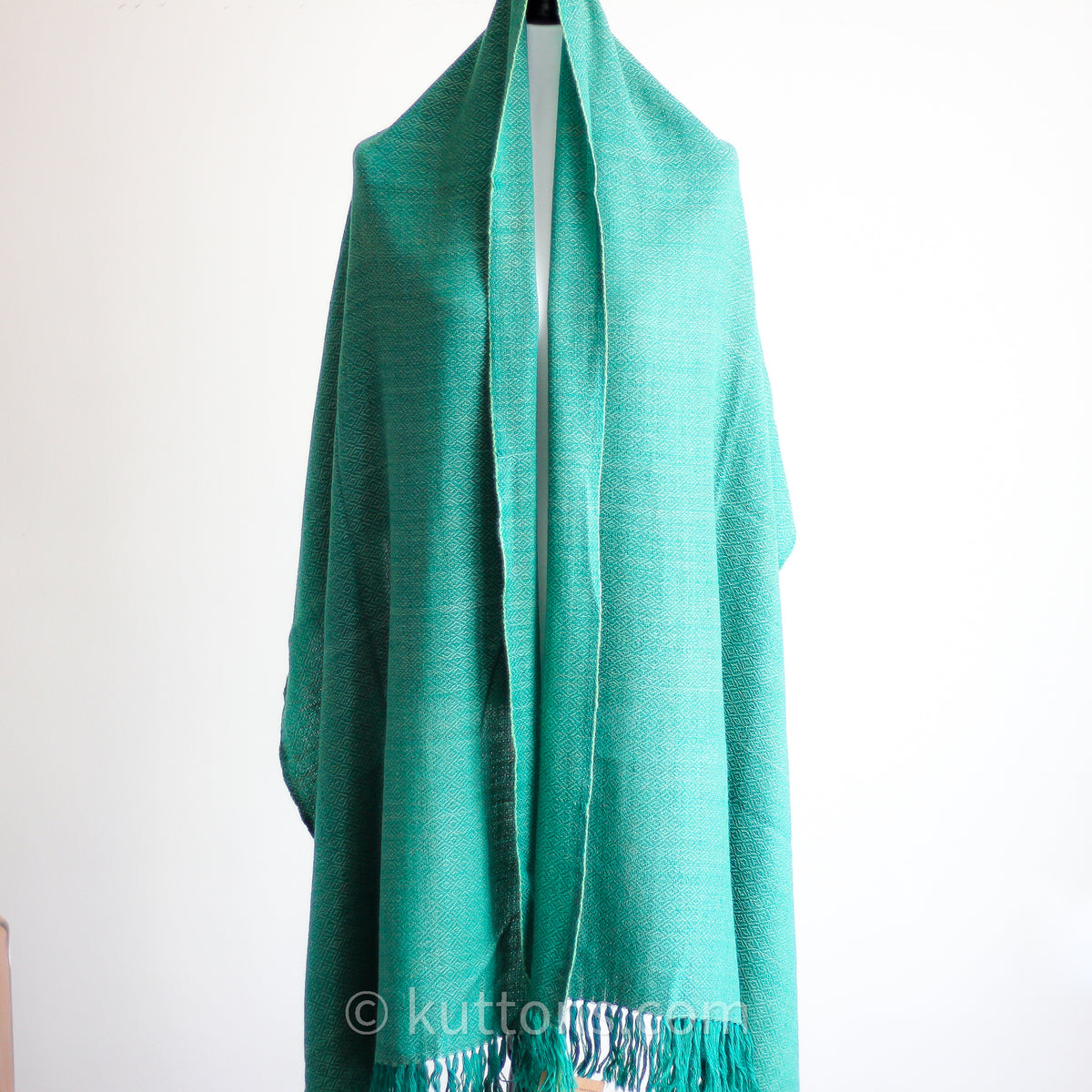
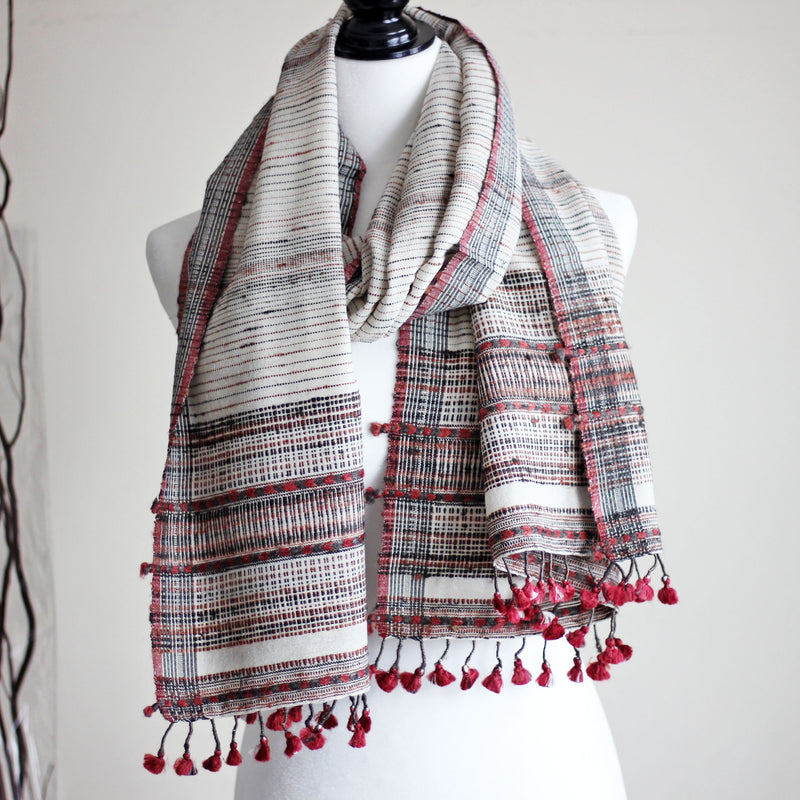
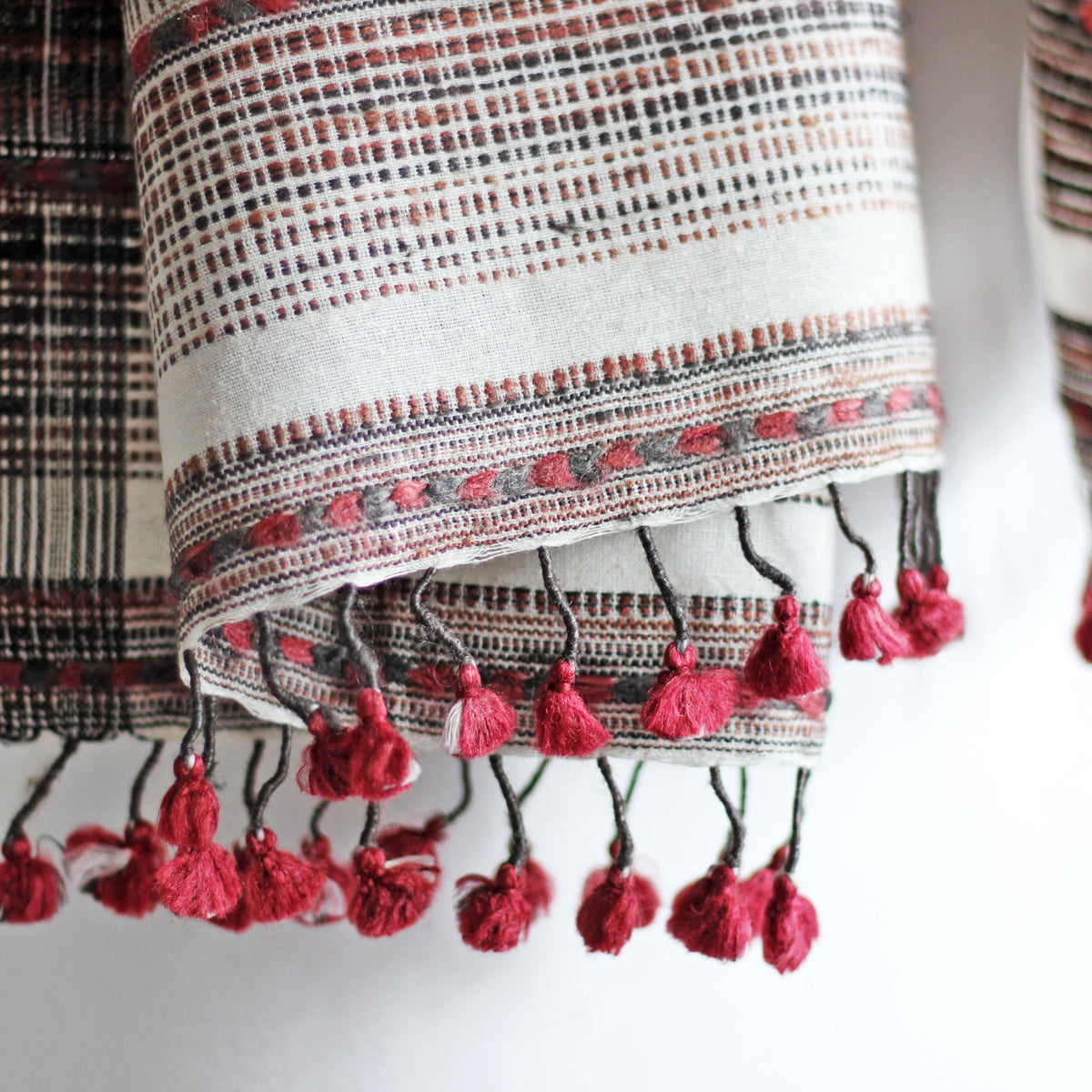
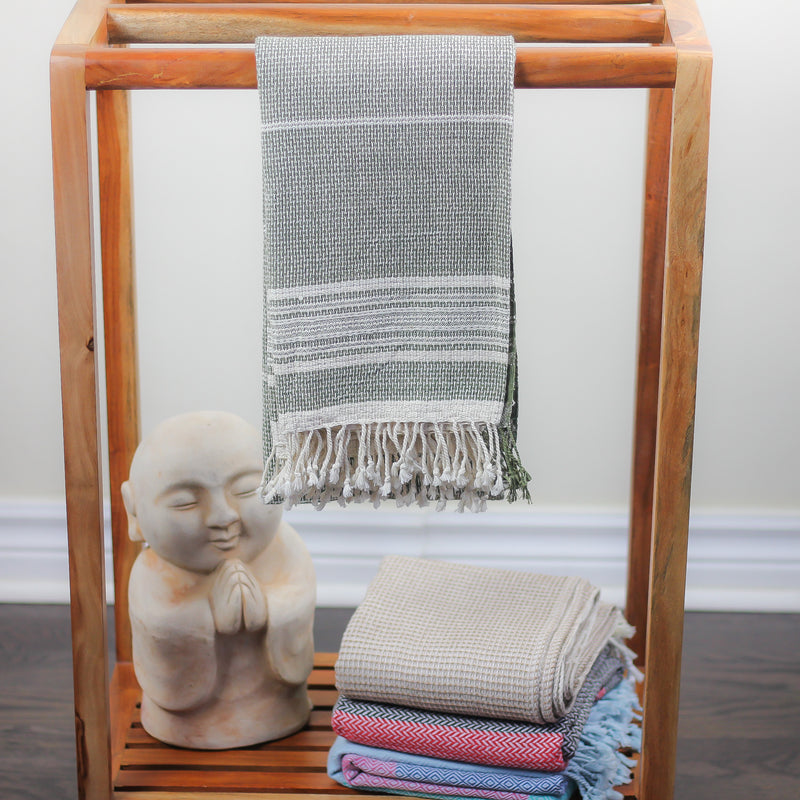
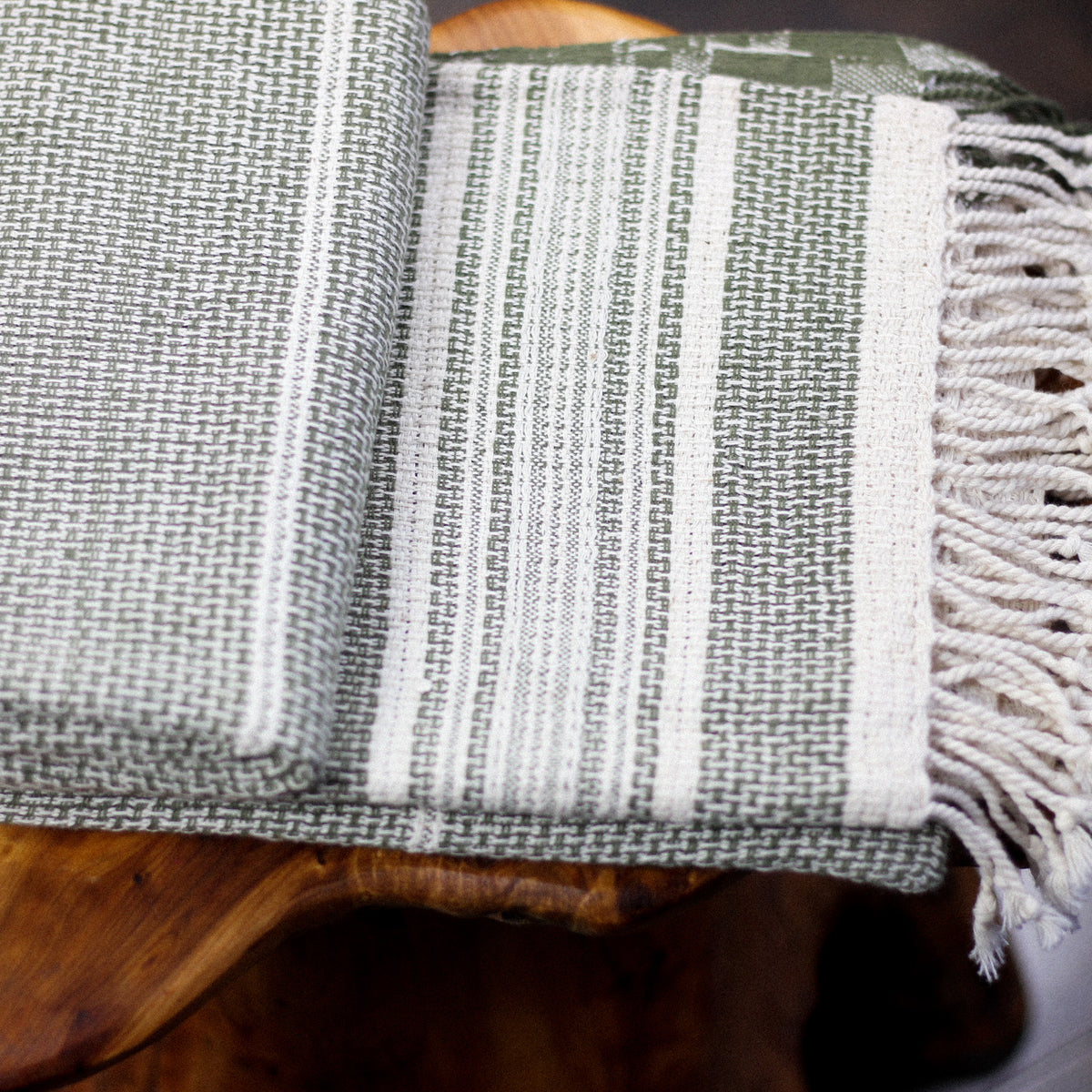
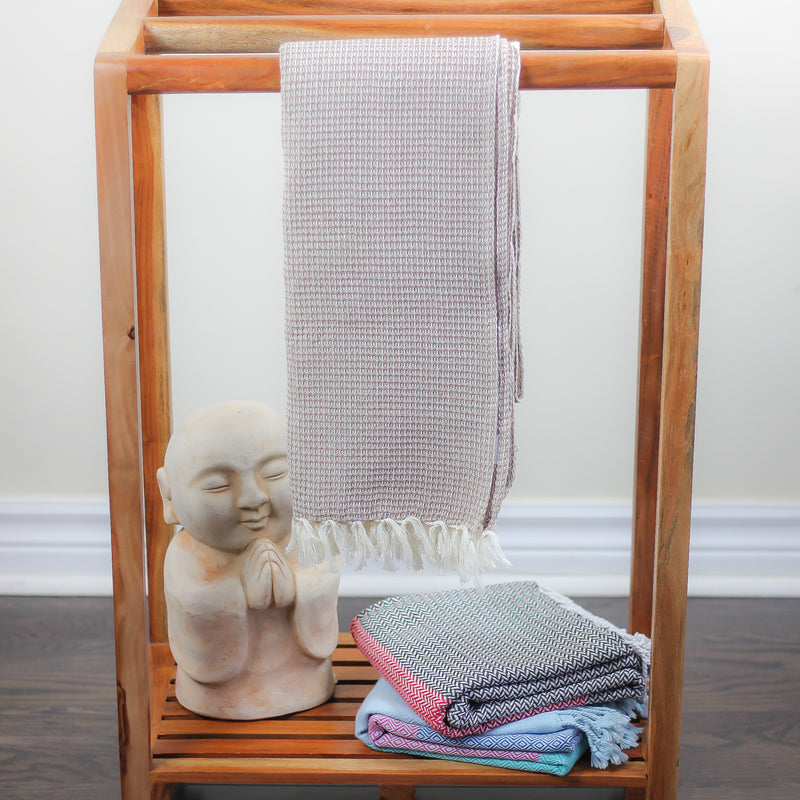
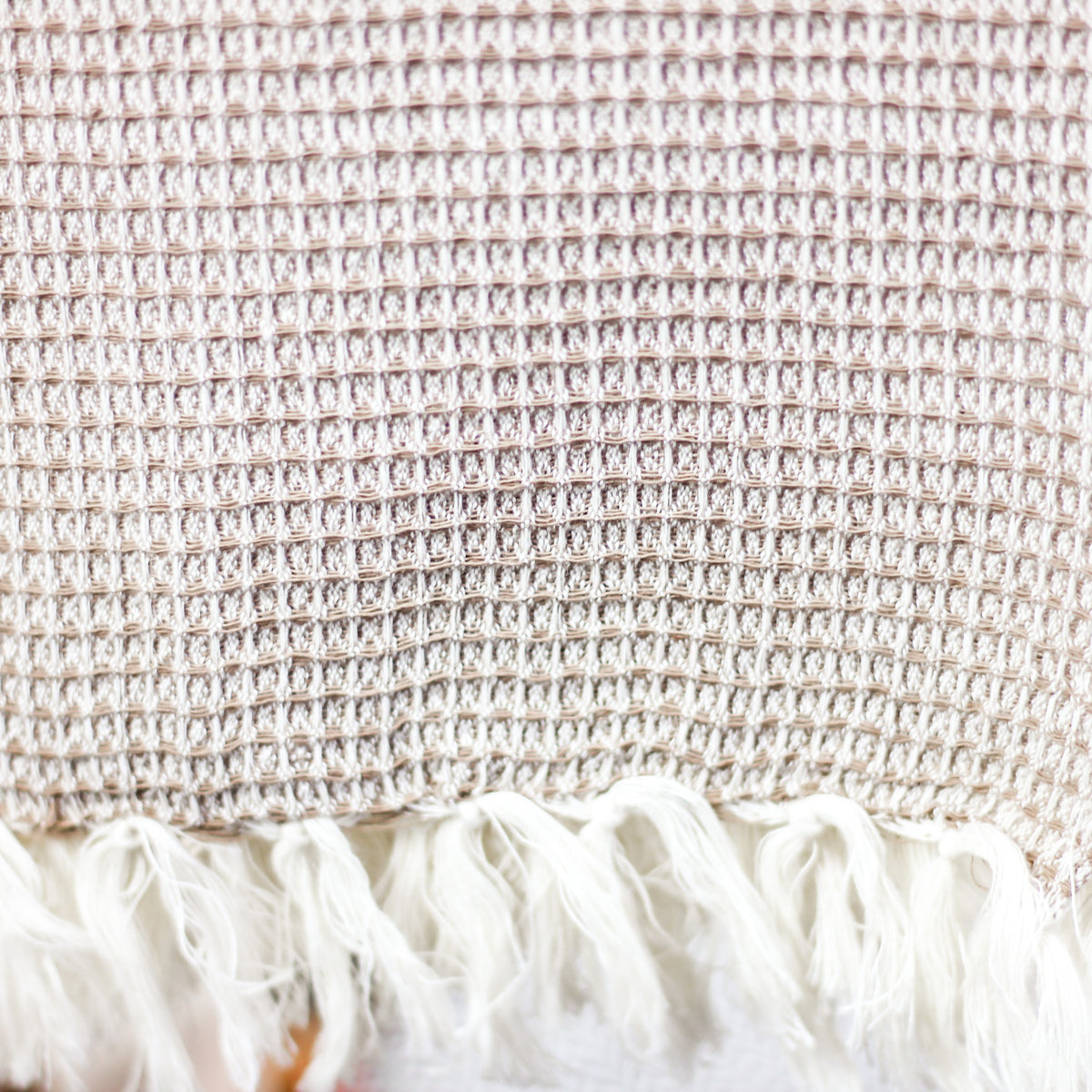
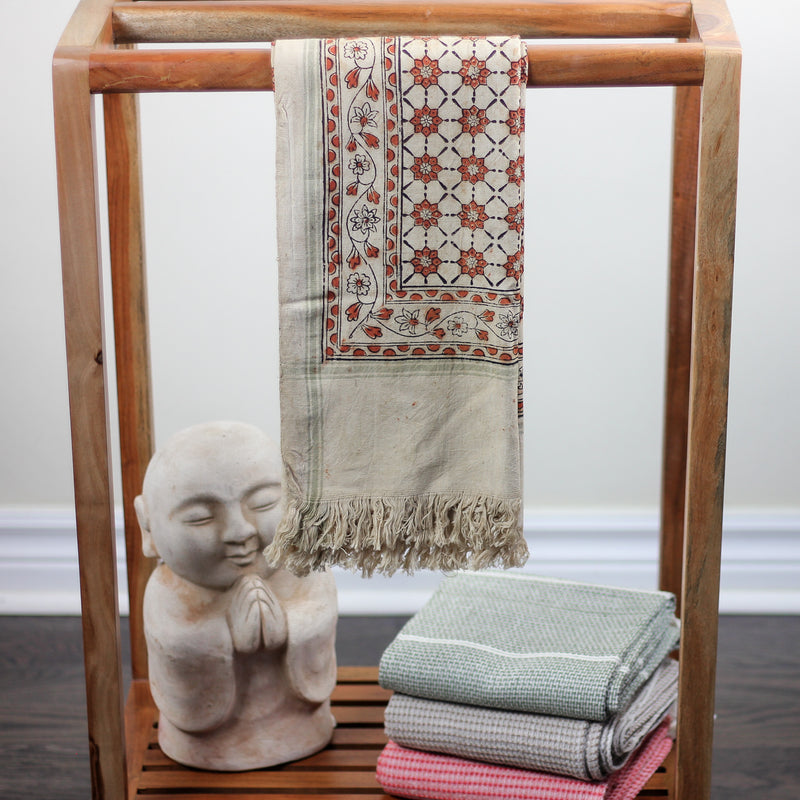
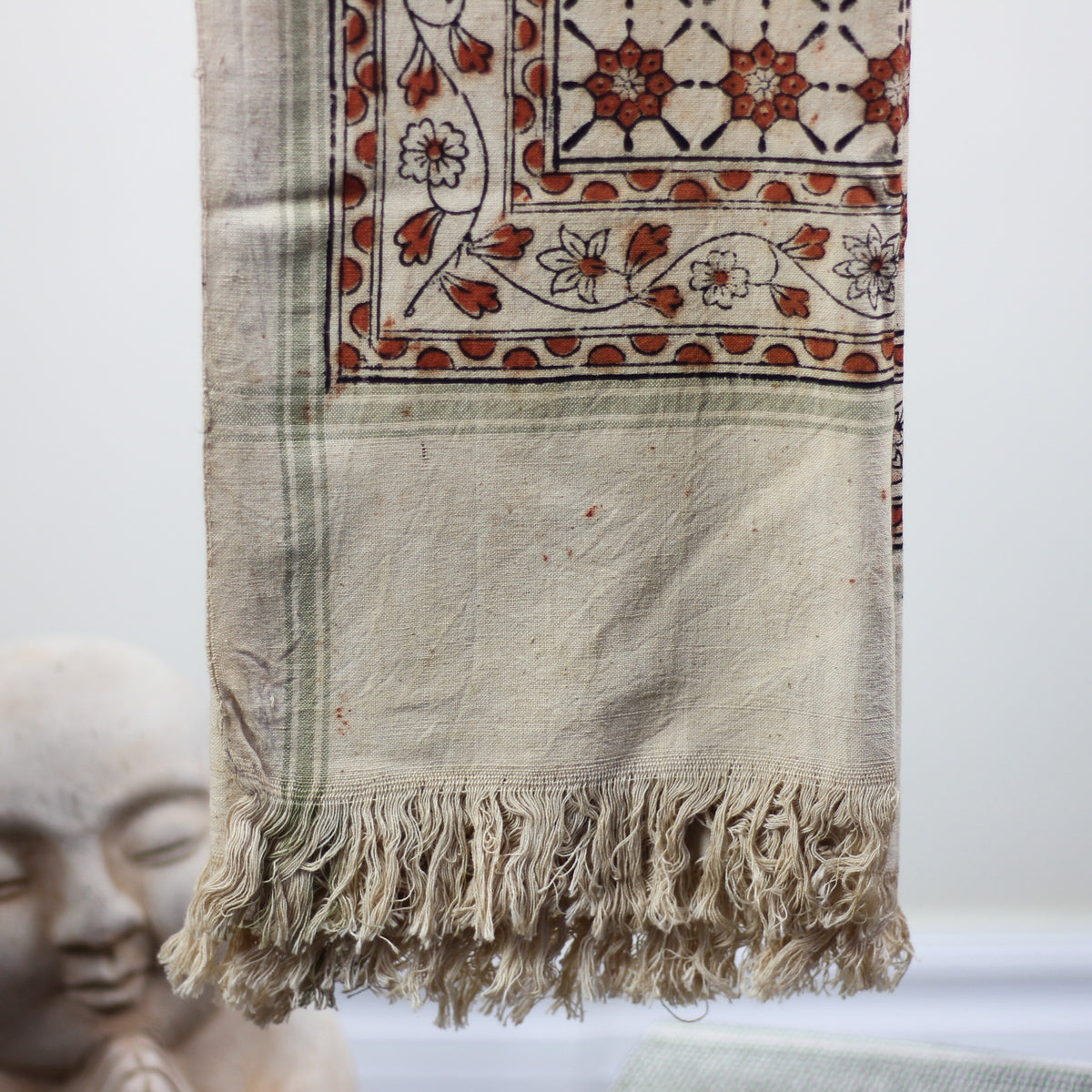
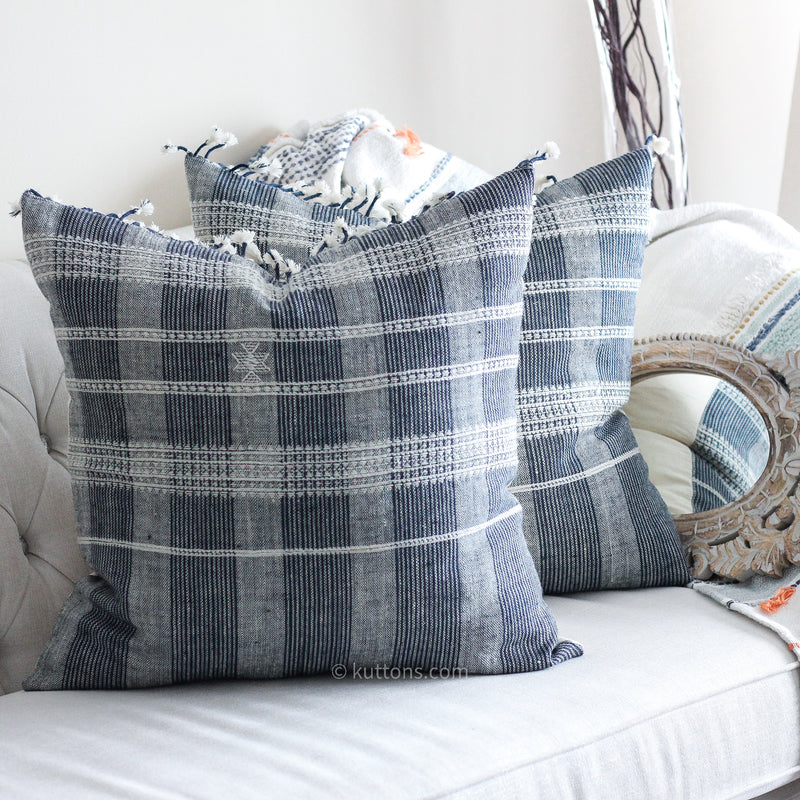
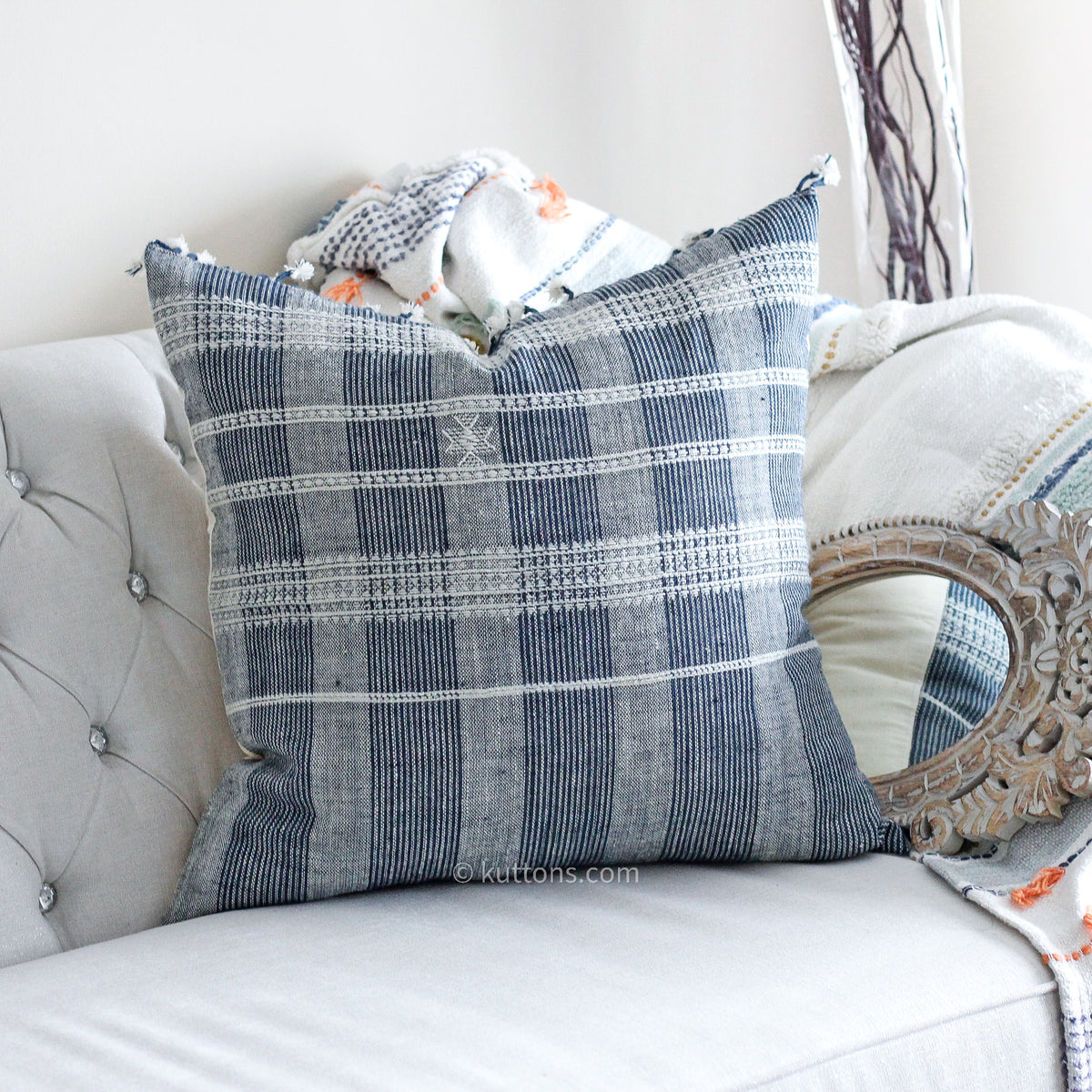
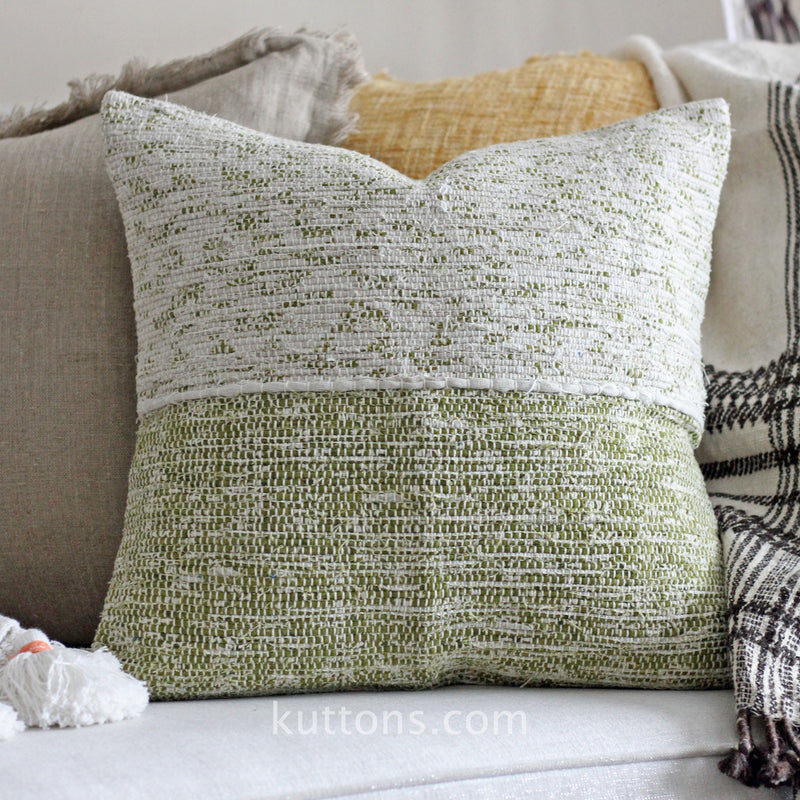
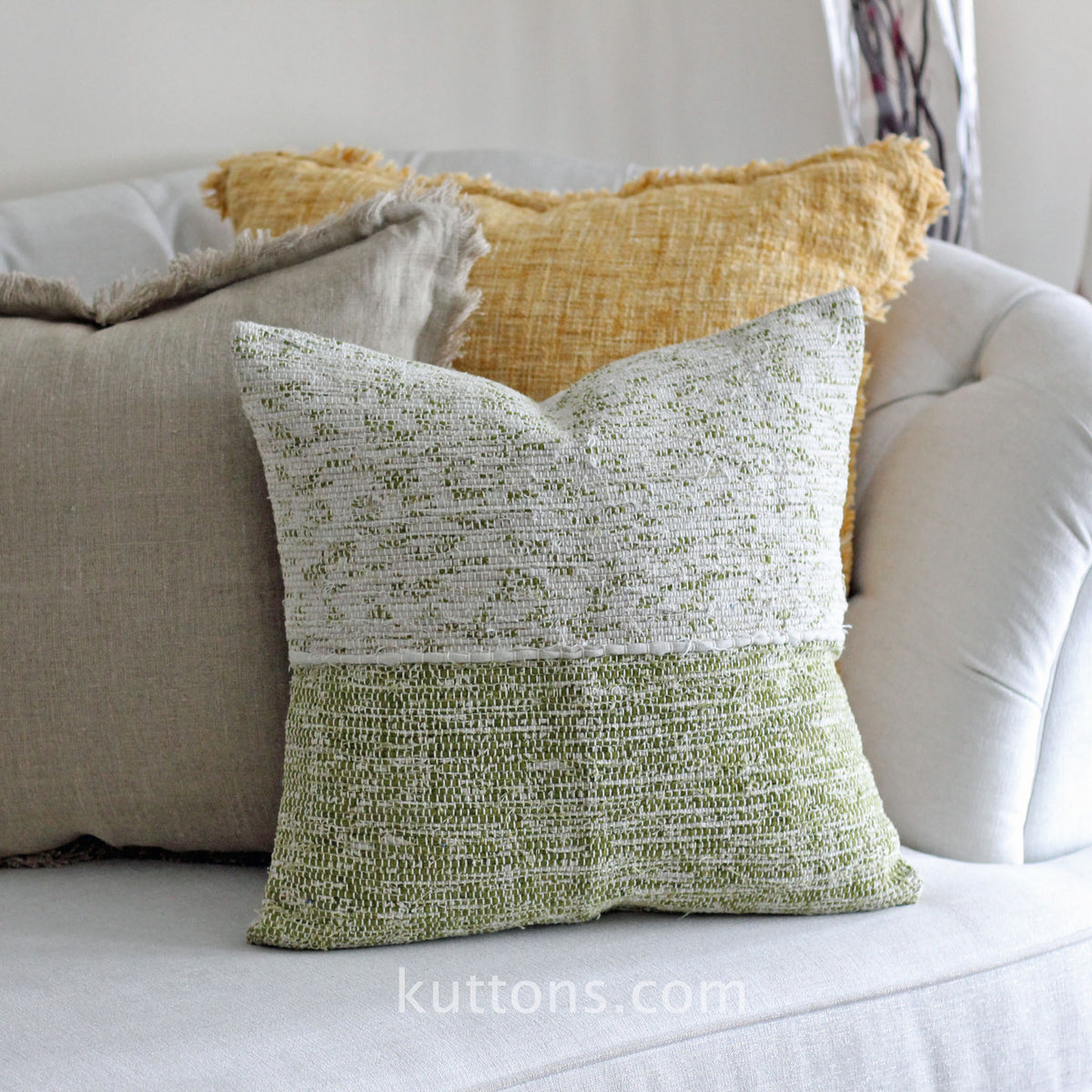
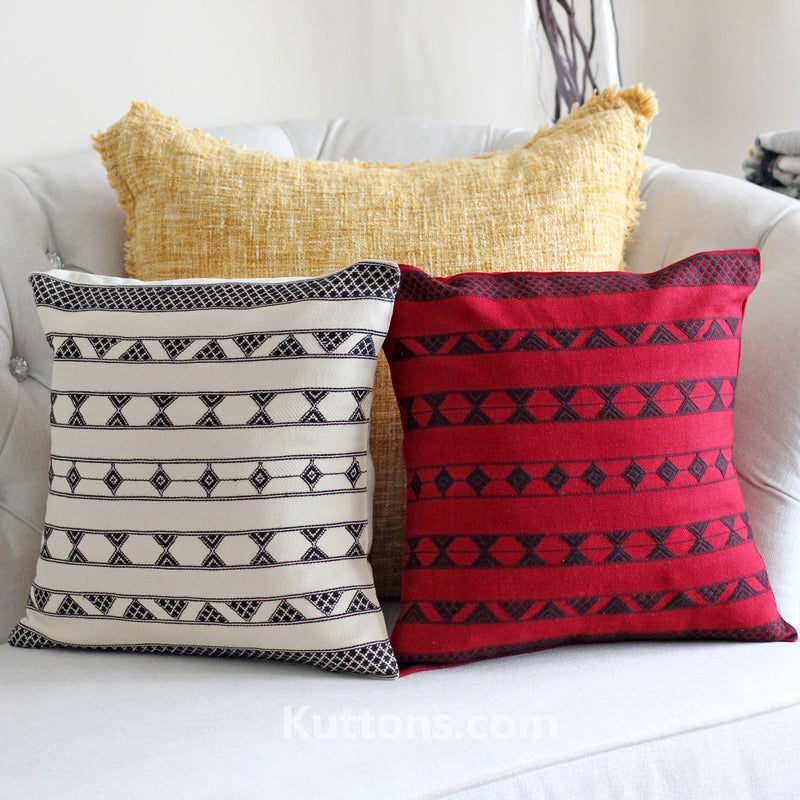
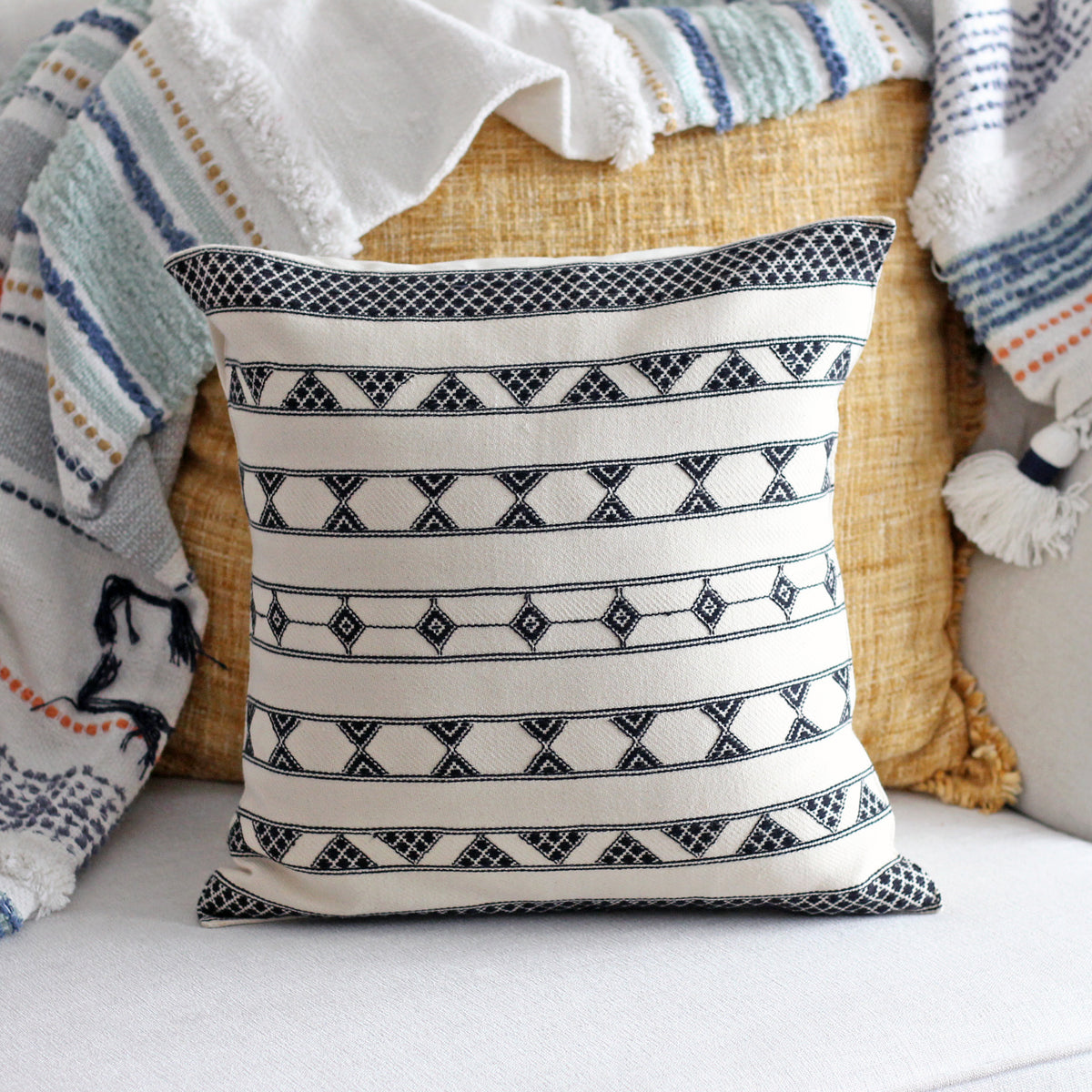
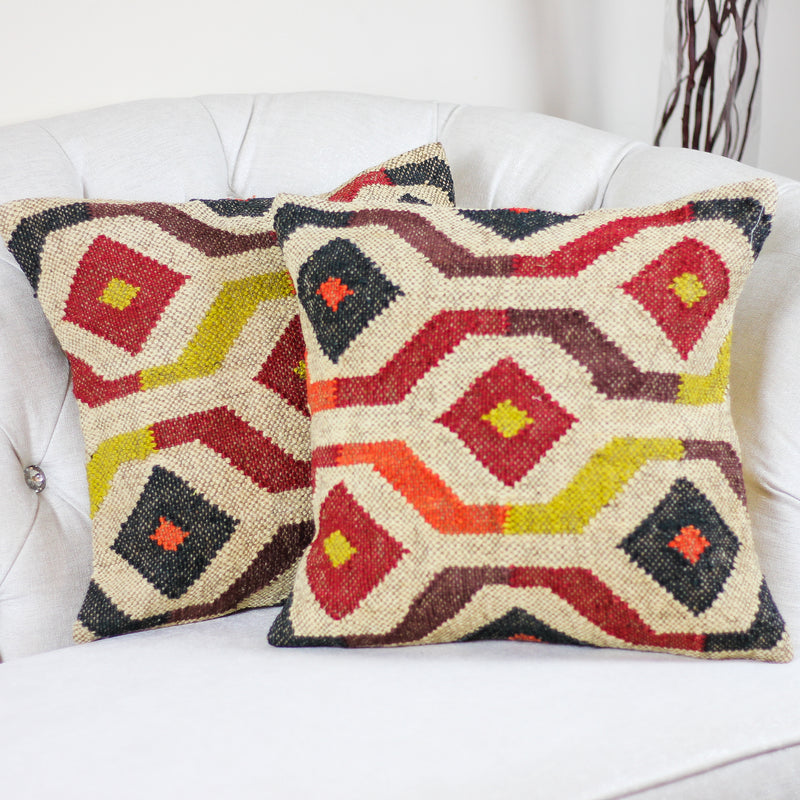
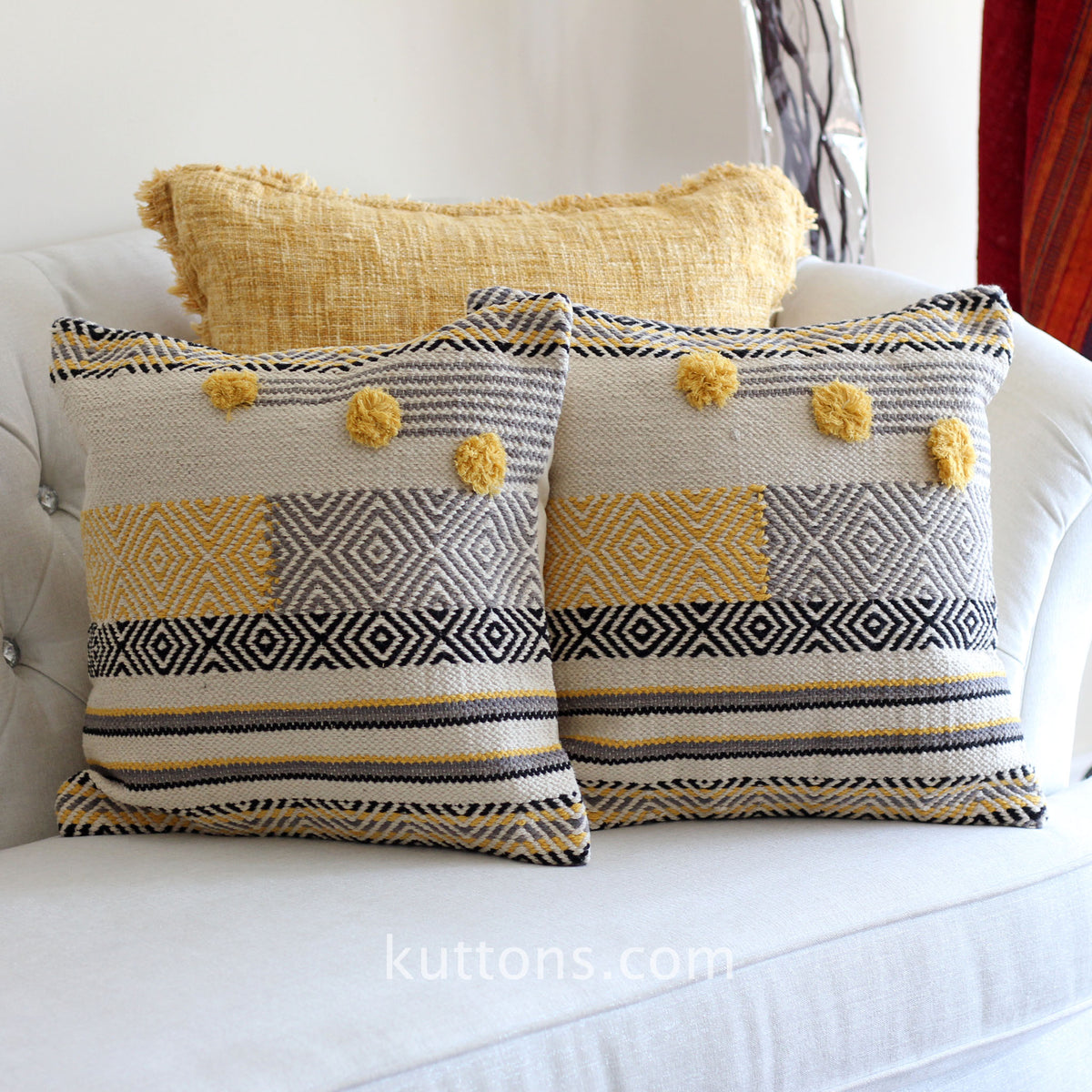
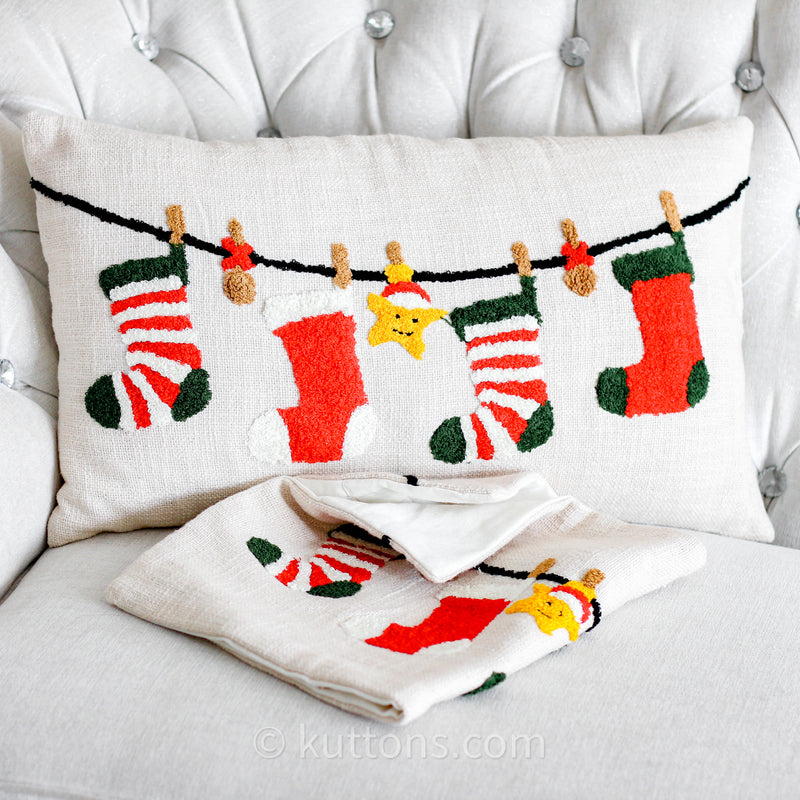
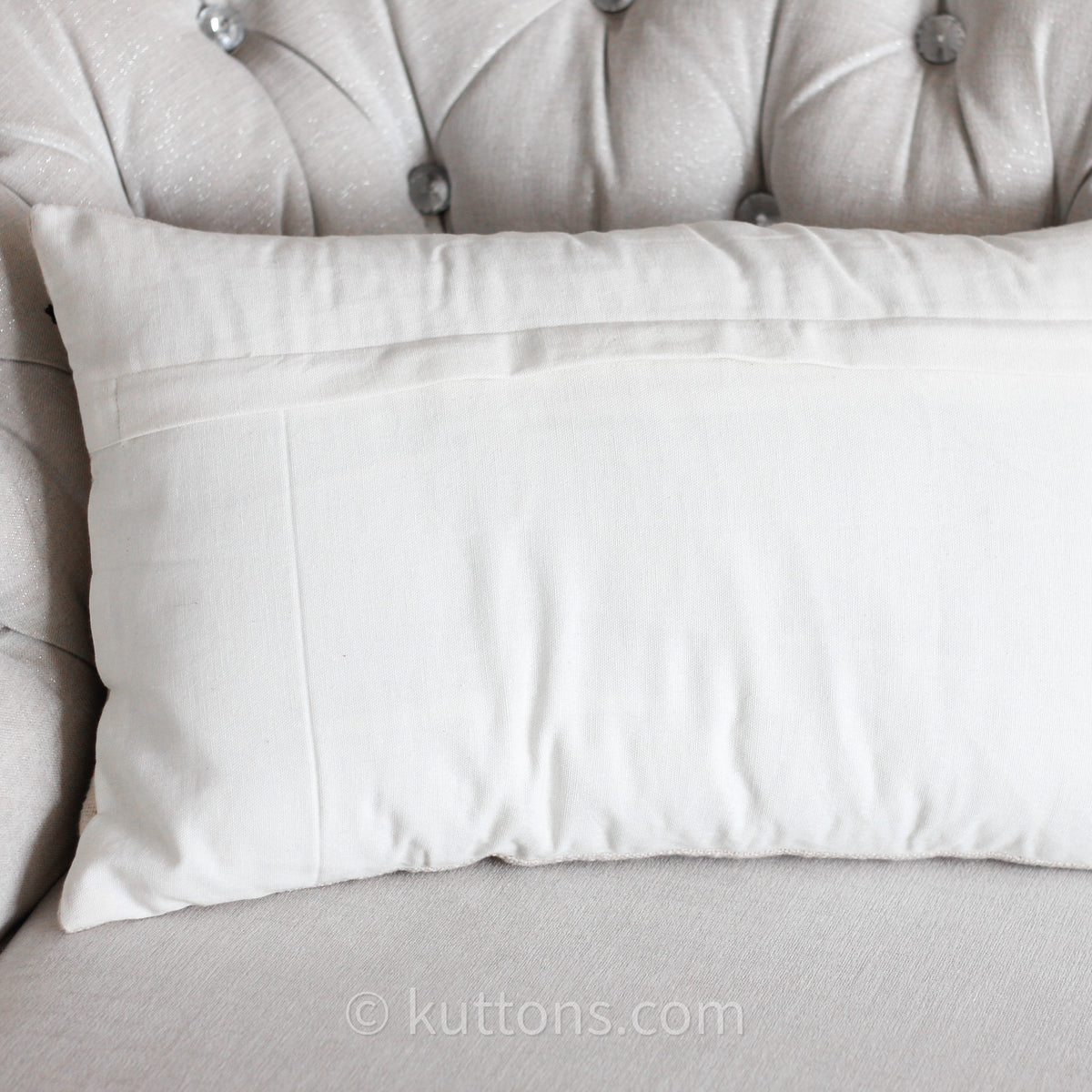
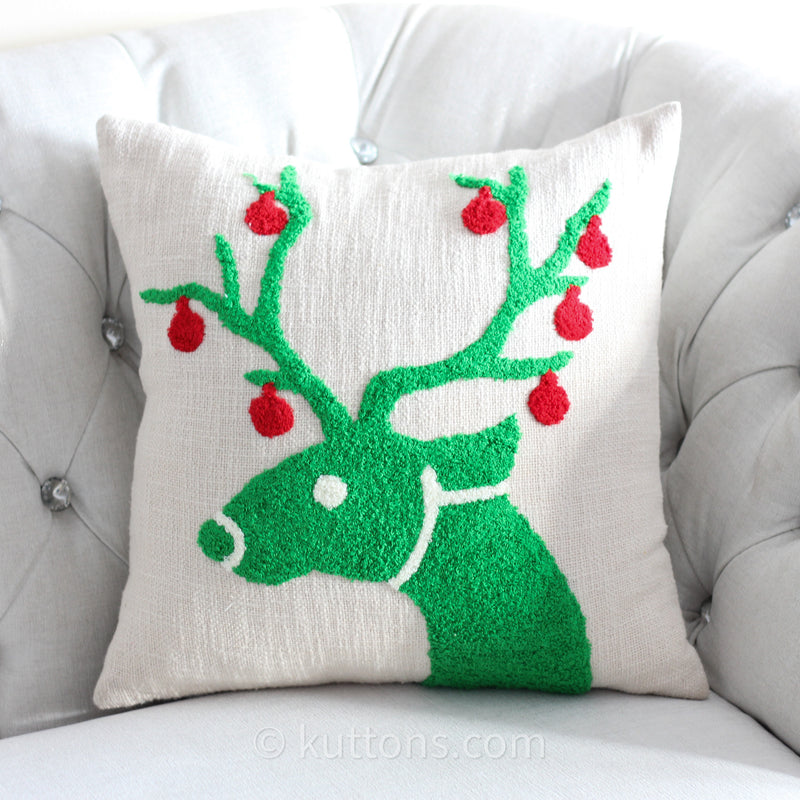
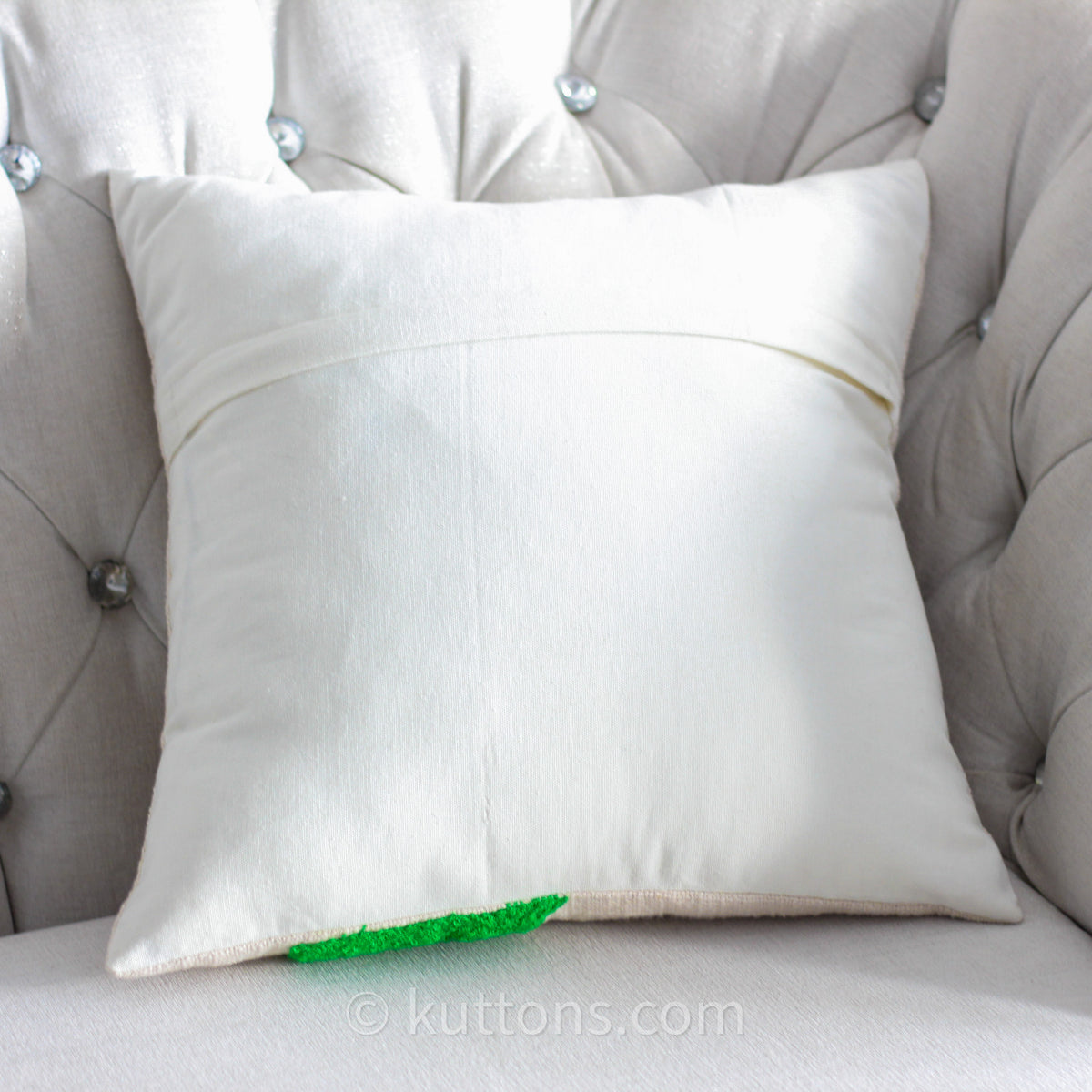
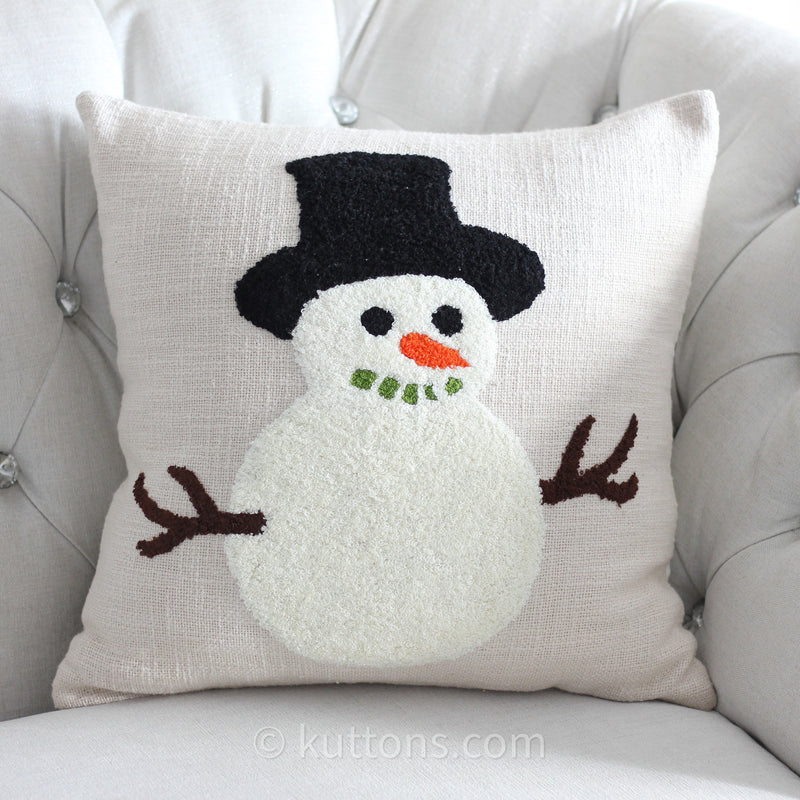
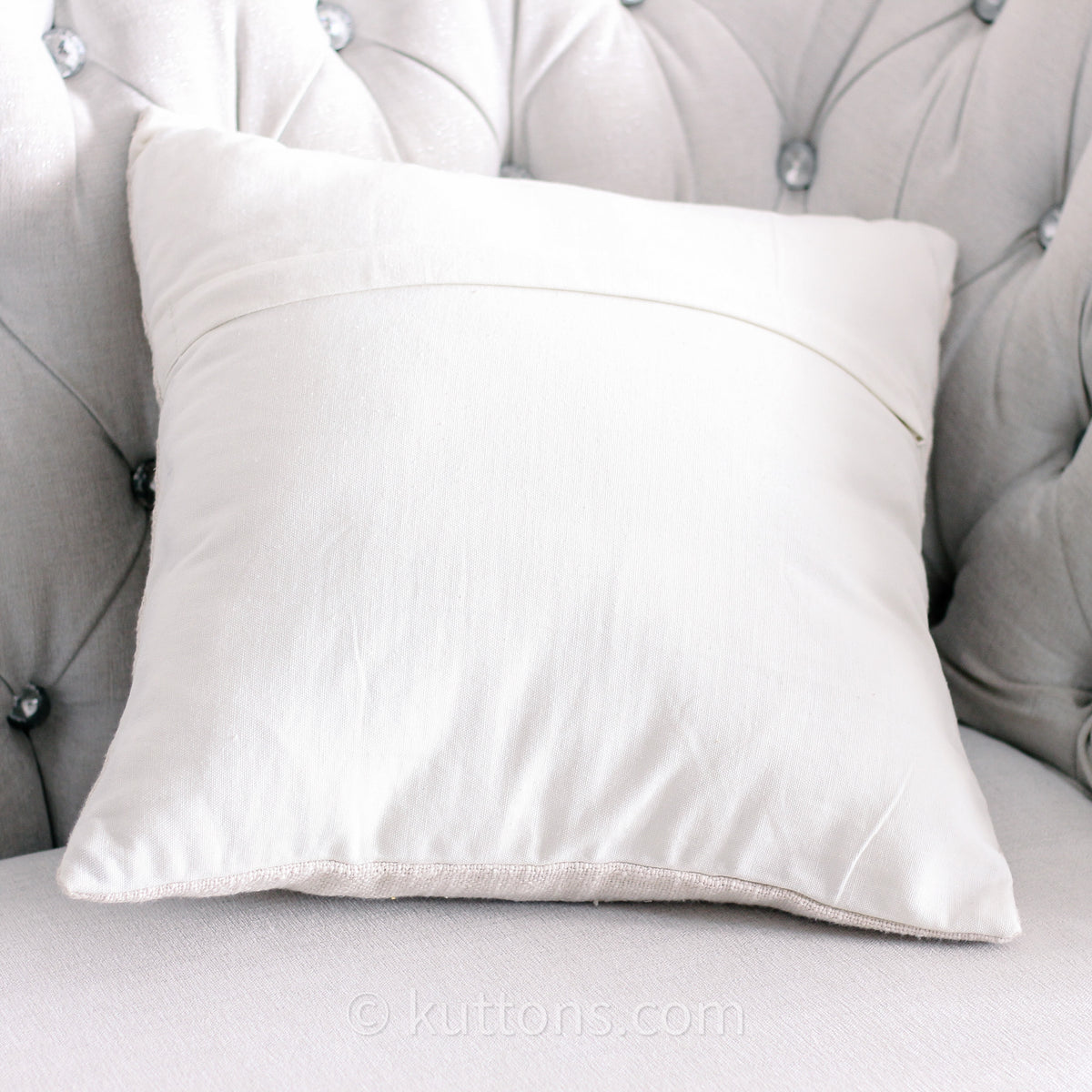
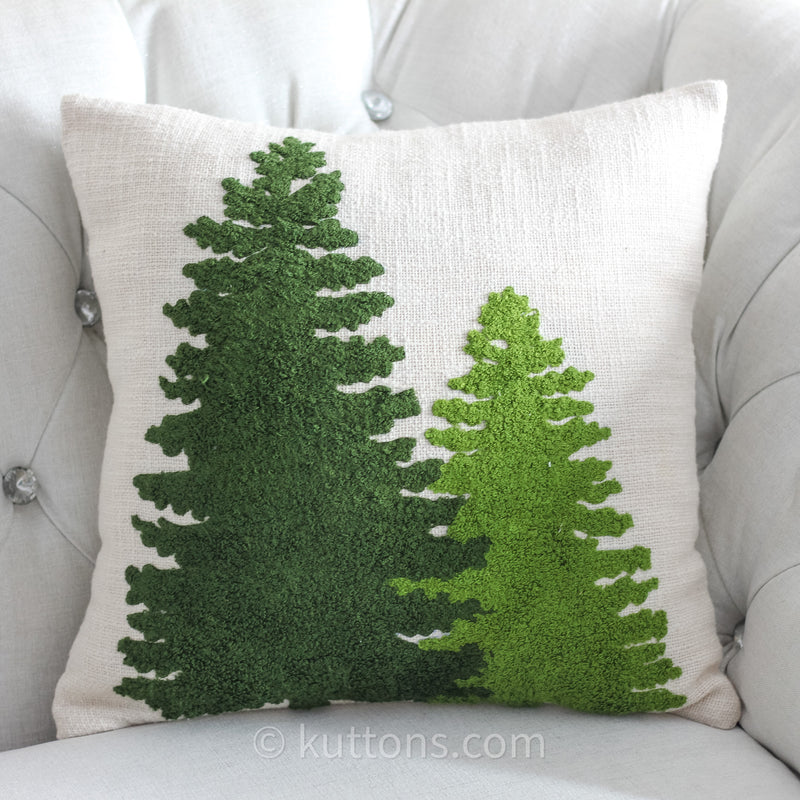
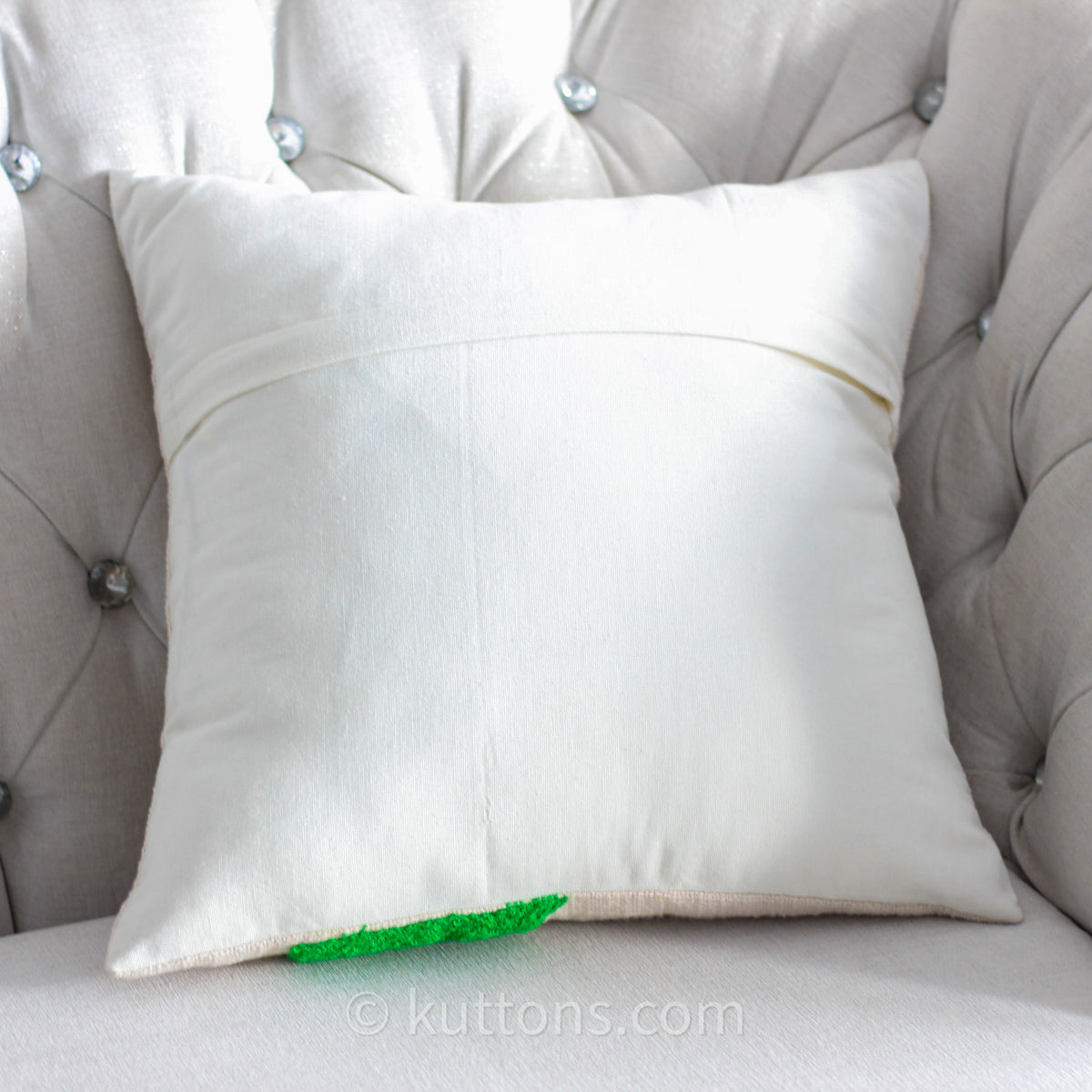
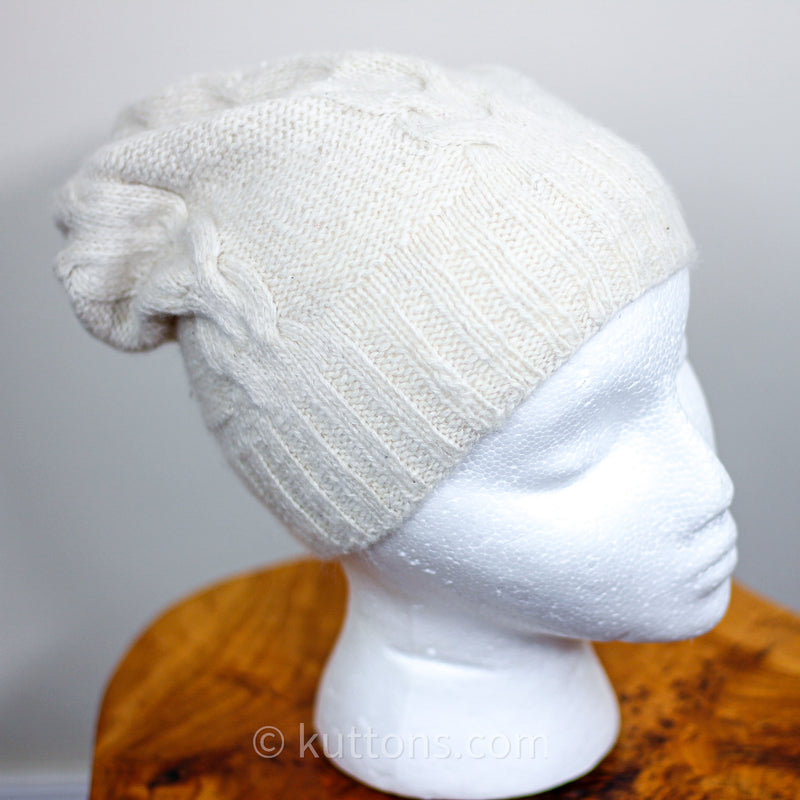
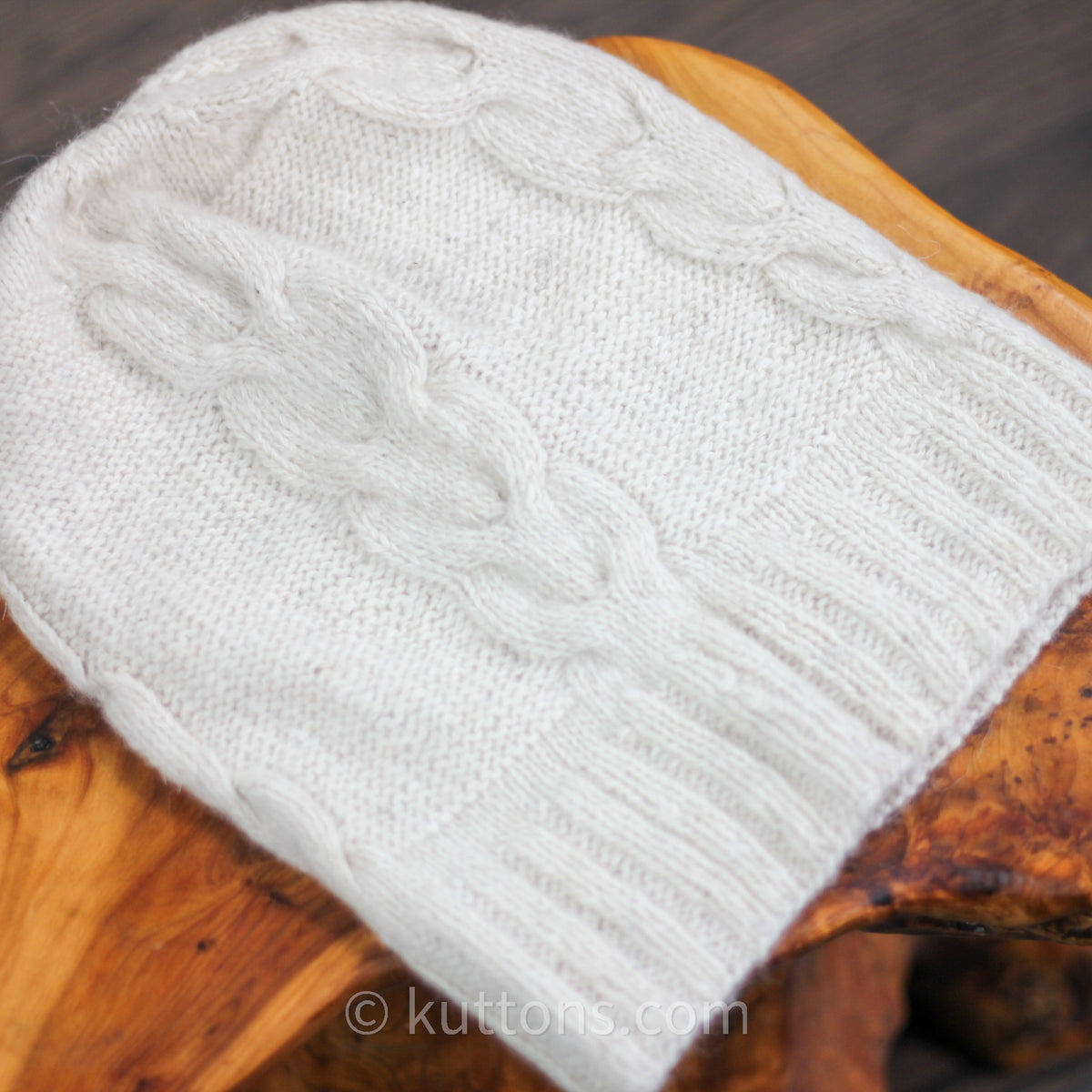
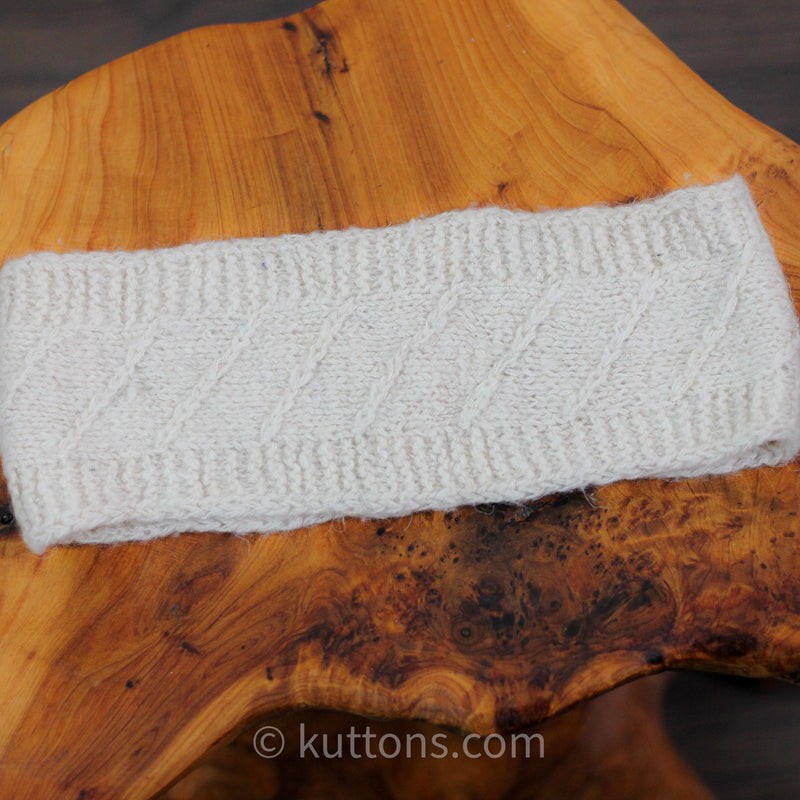
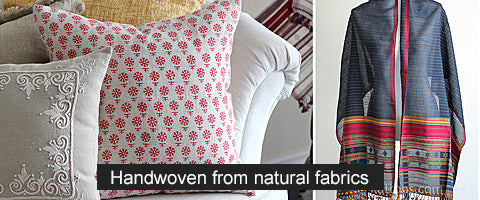
0 comments